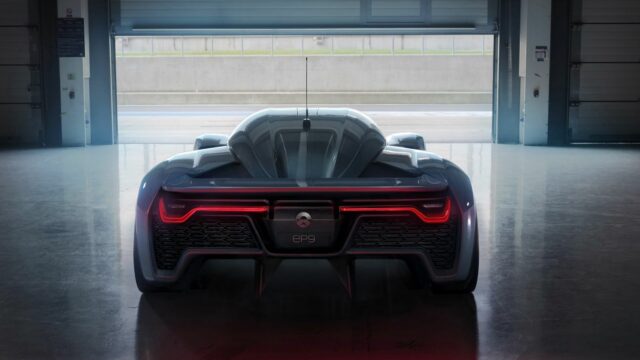They’re fast, and they’re definitely not cheap, yet not everybody knows about their existence
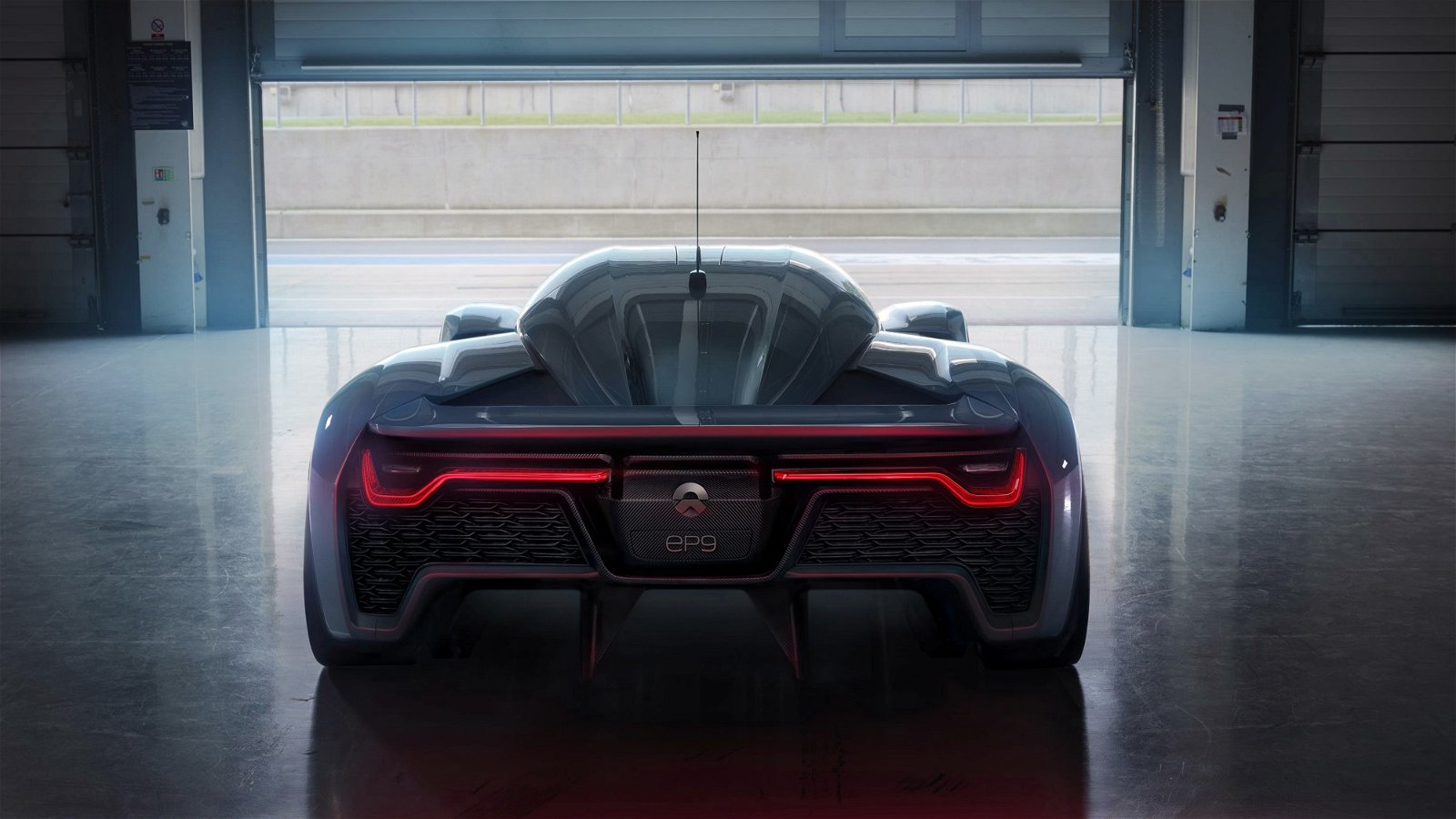
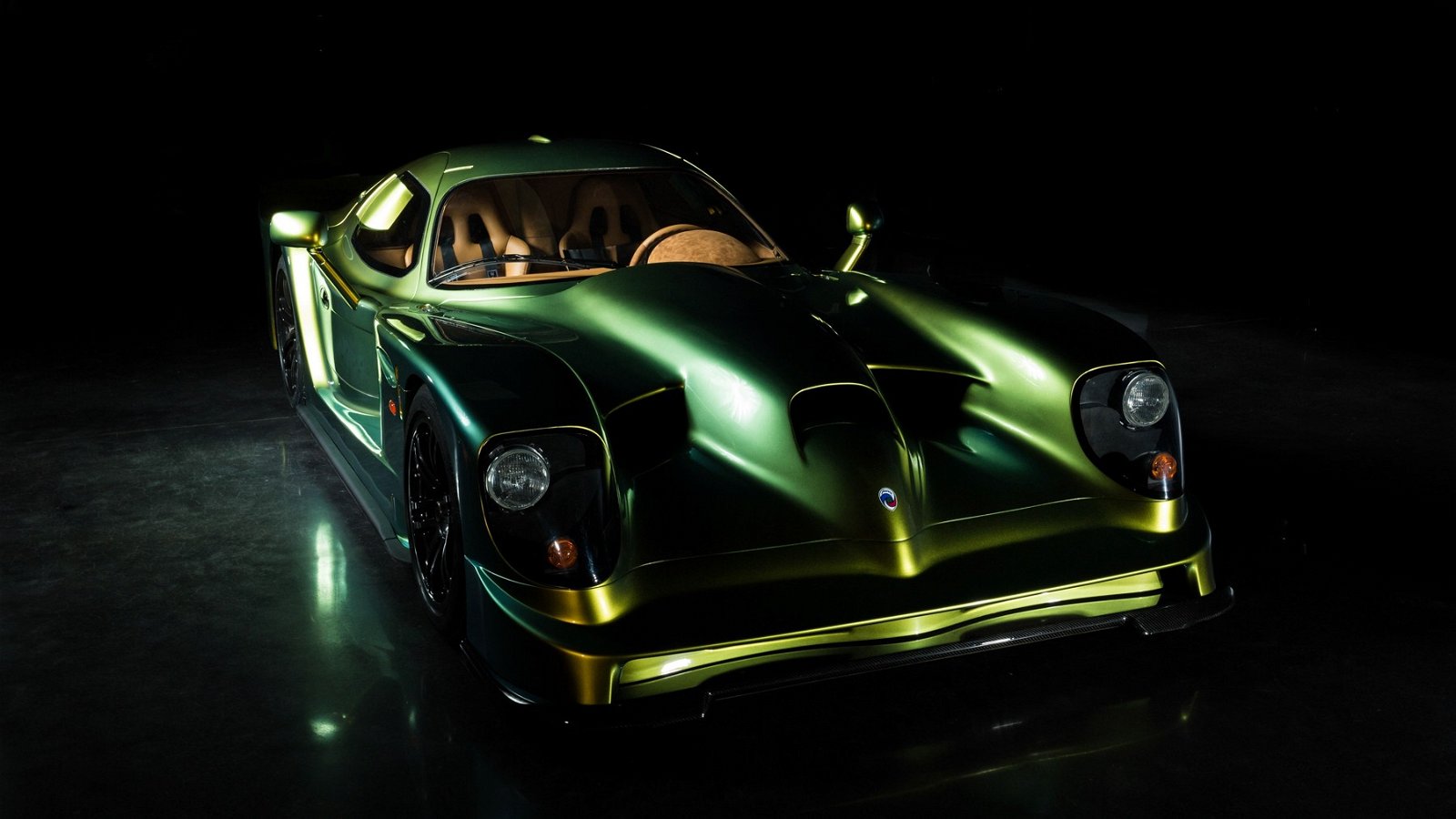
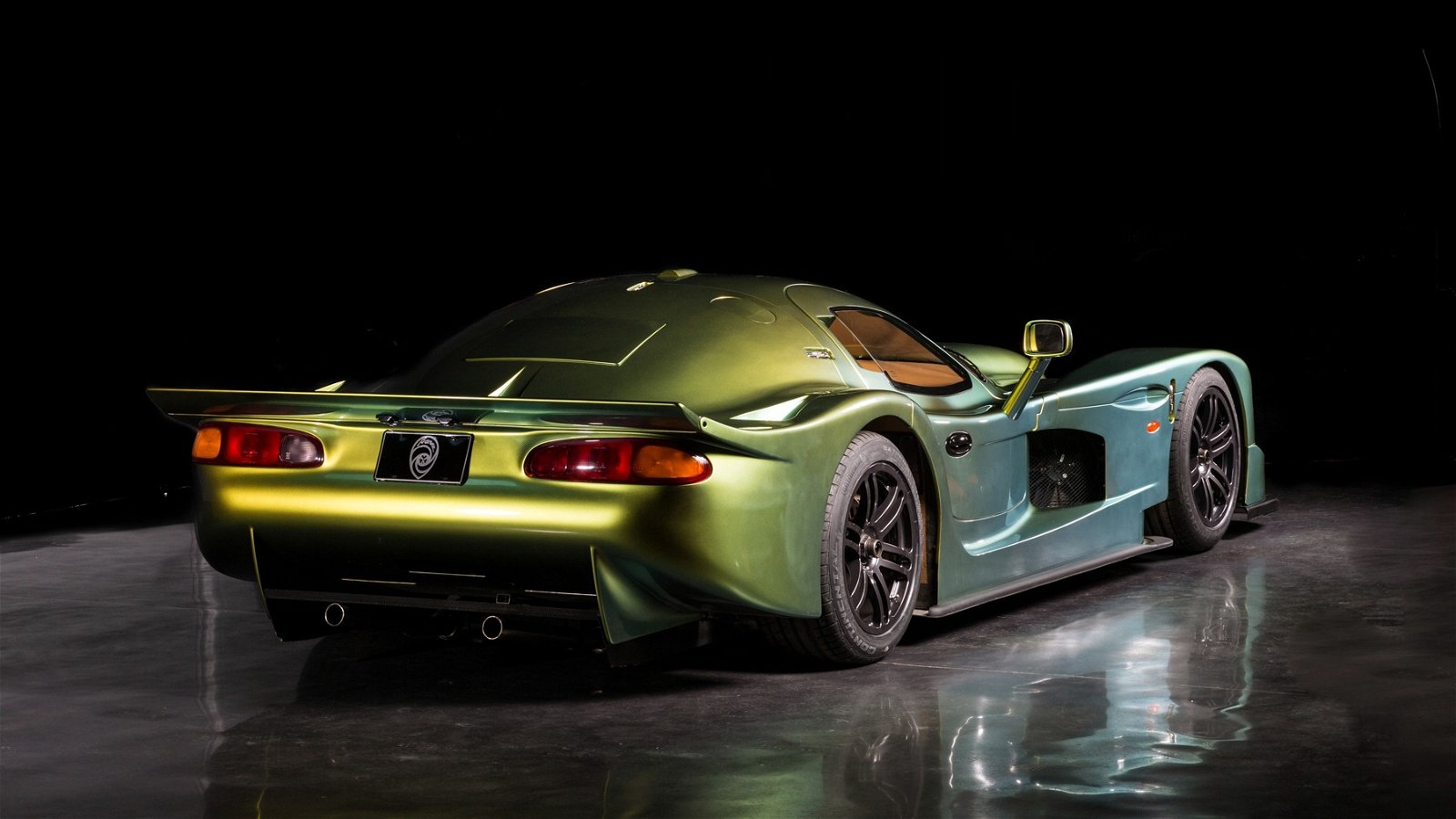
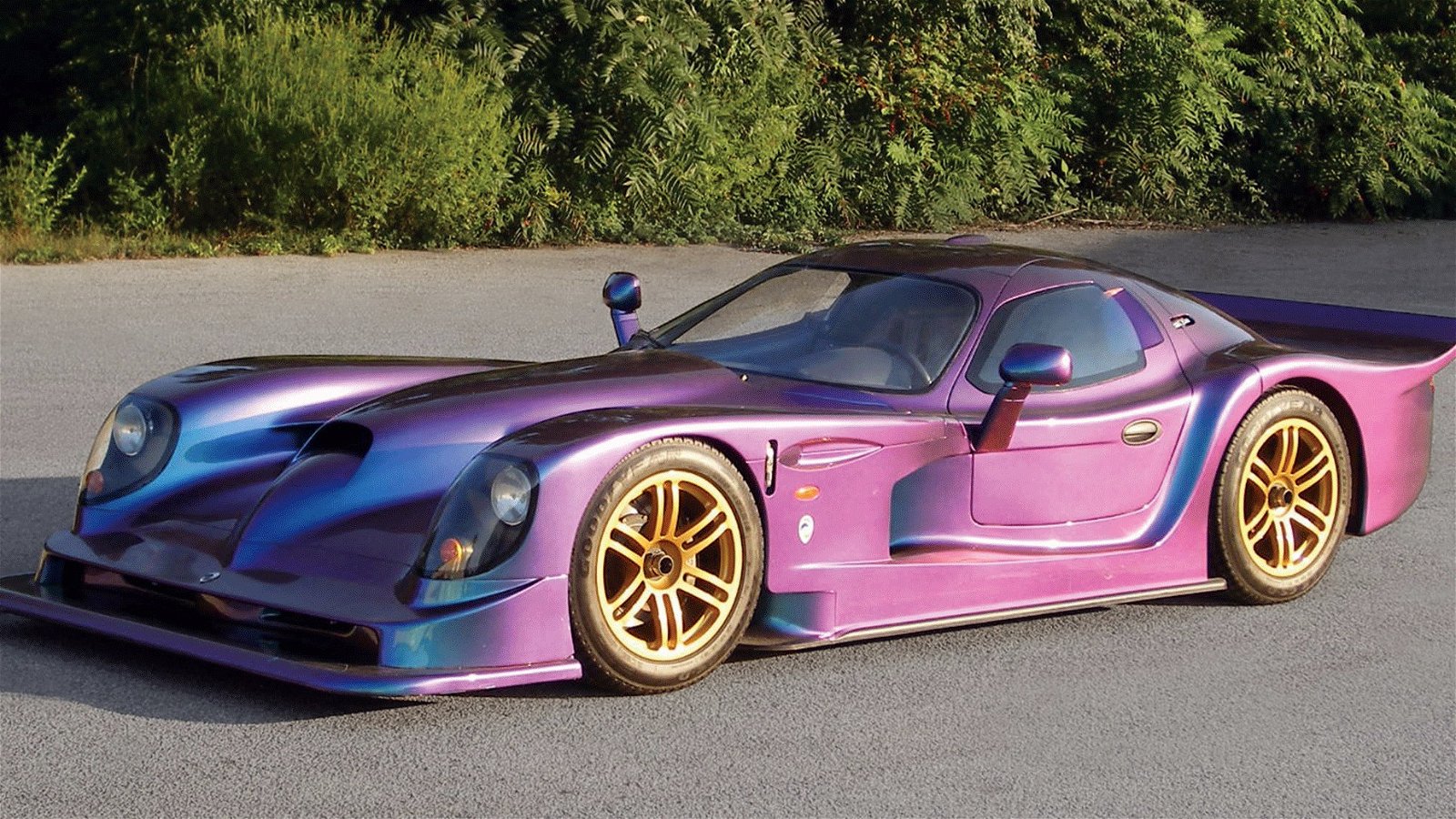
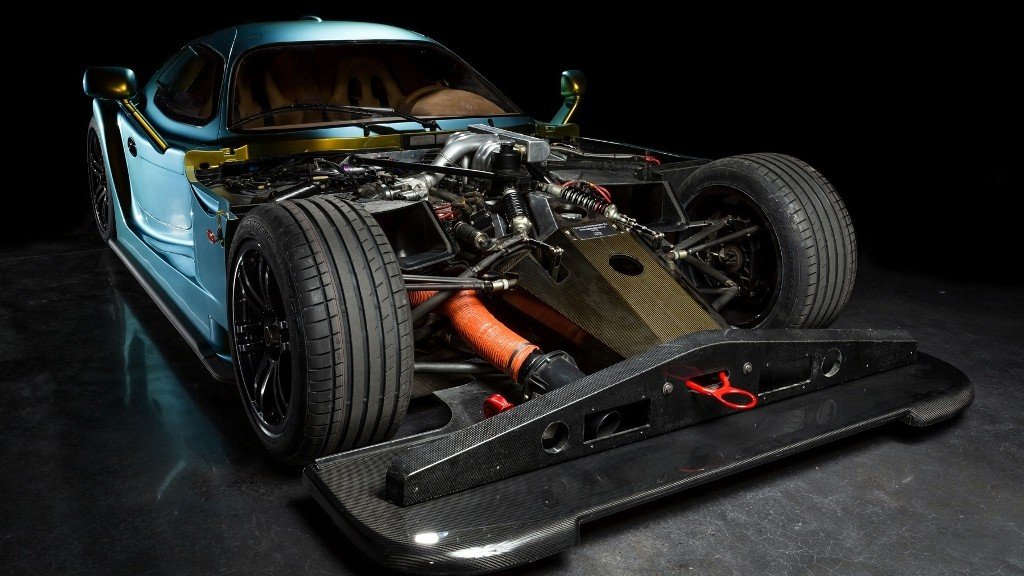

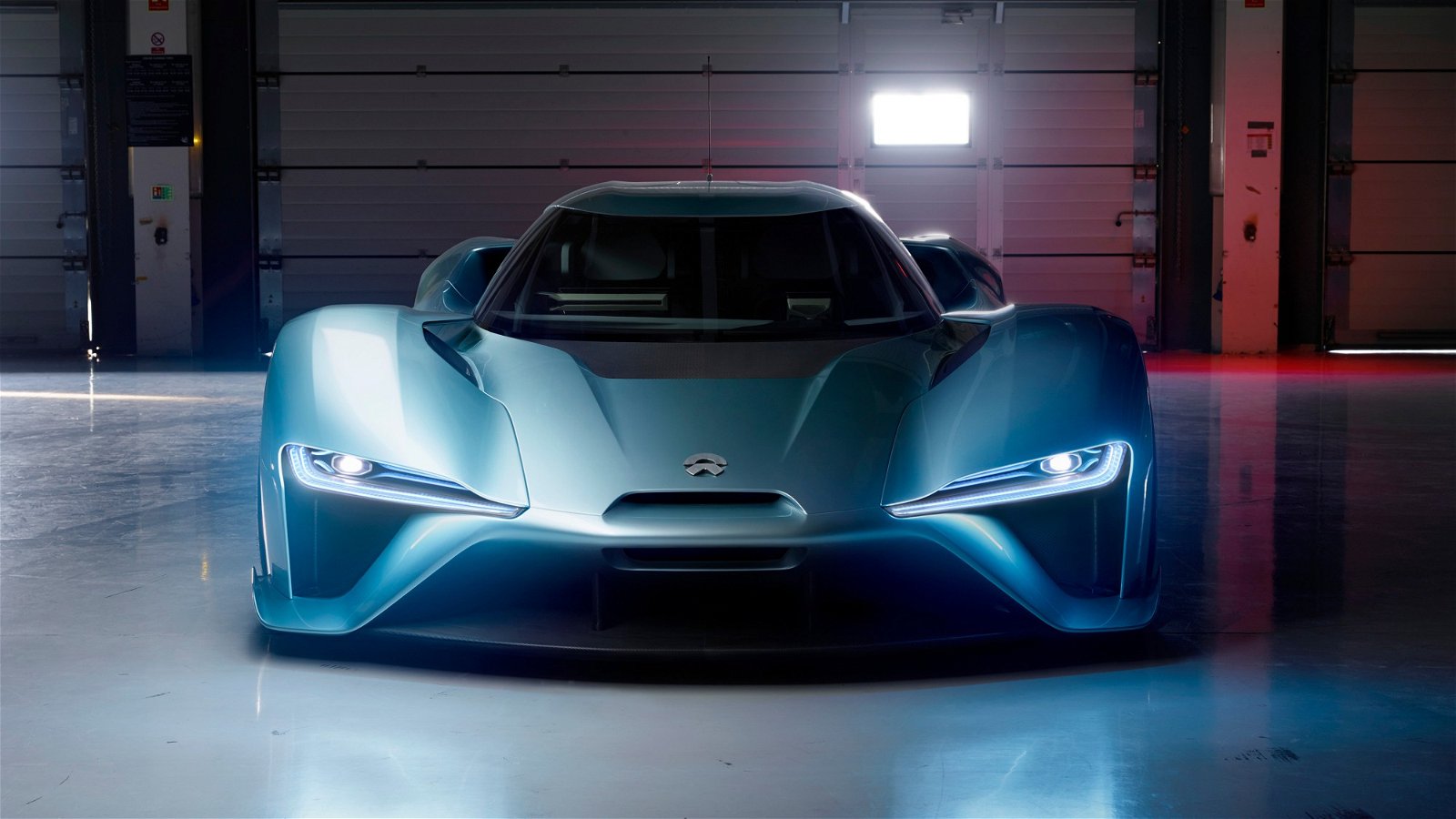
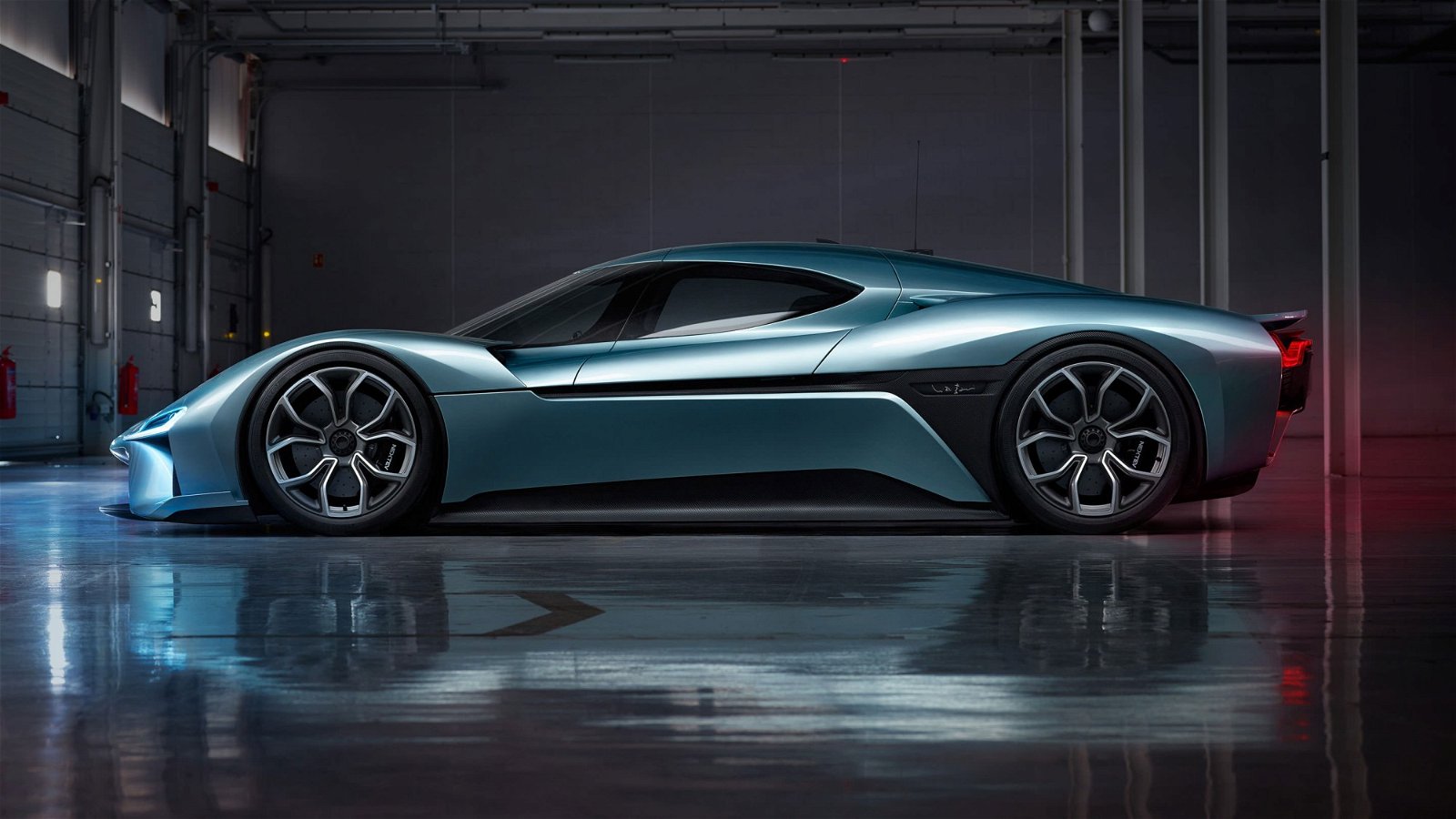
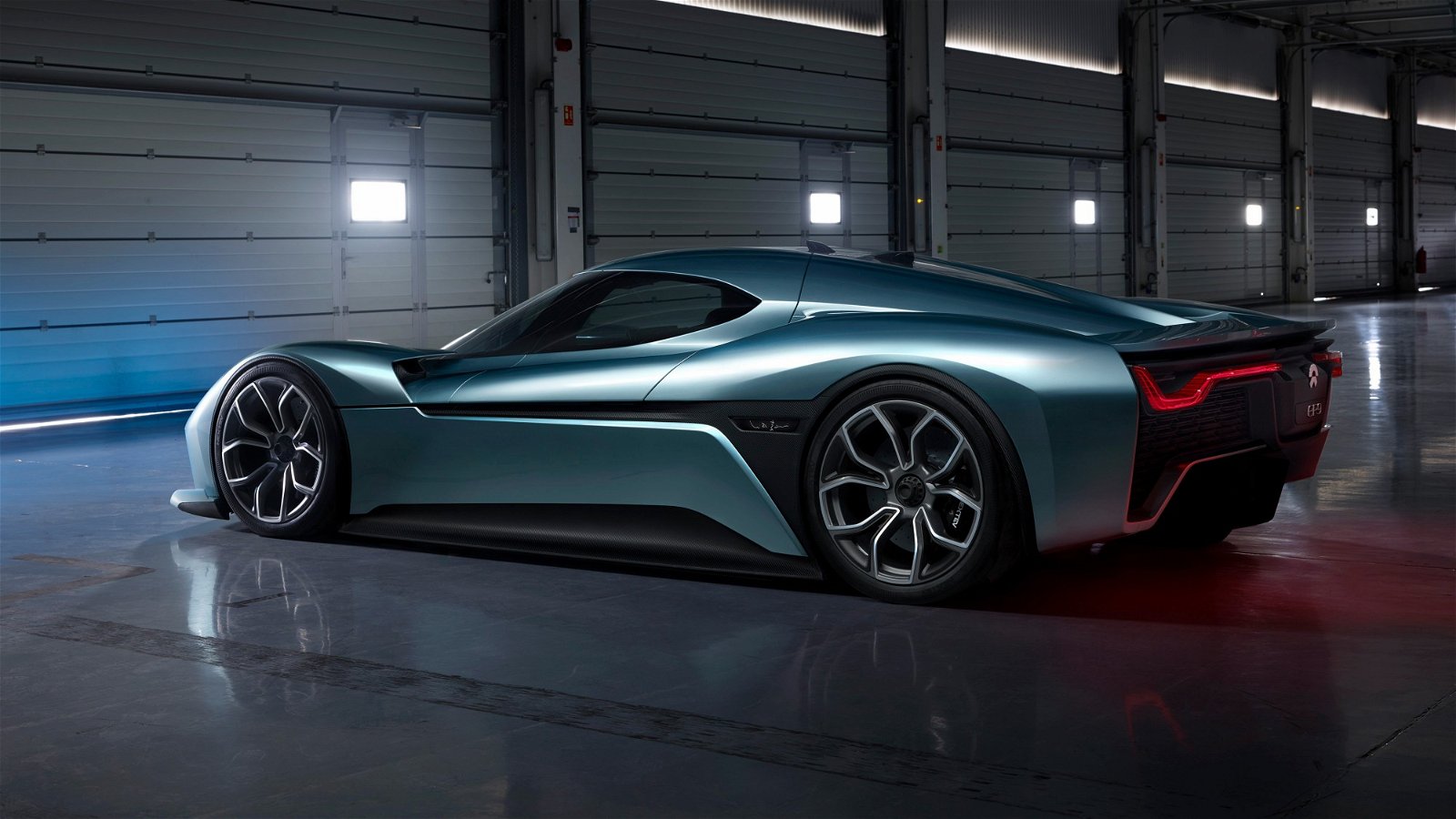
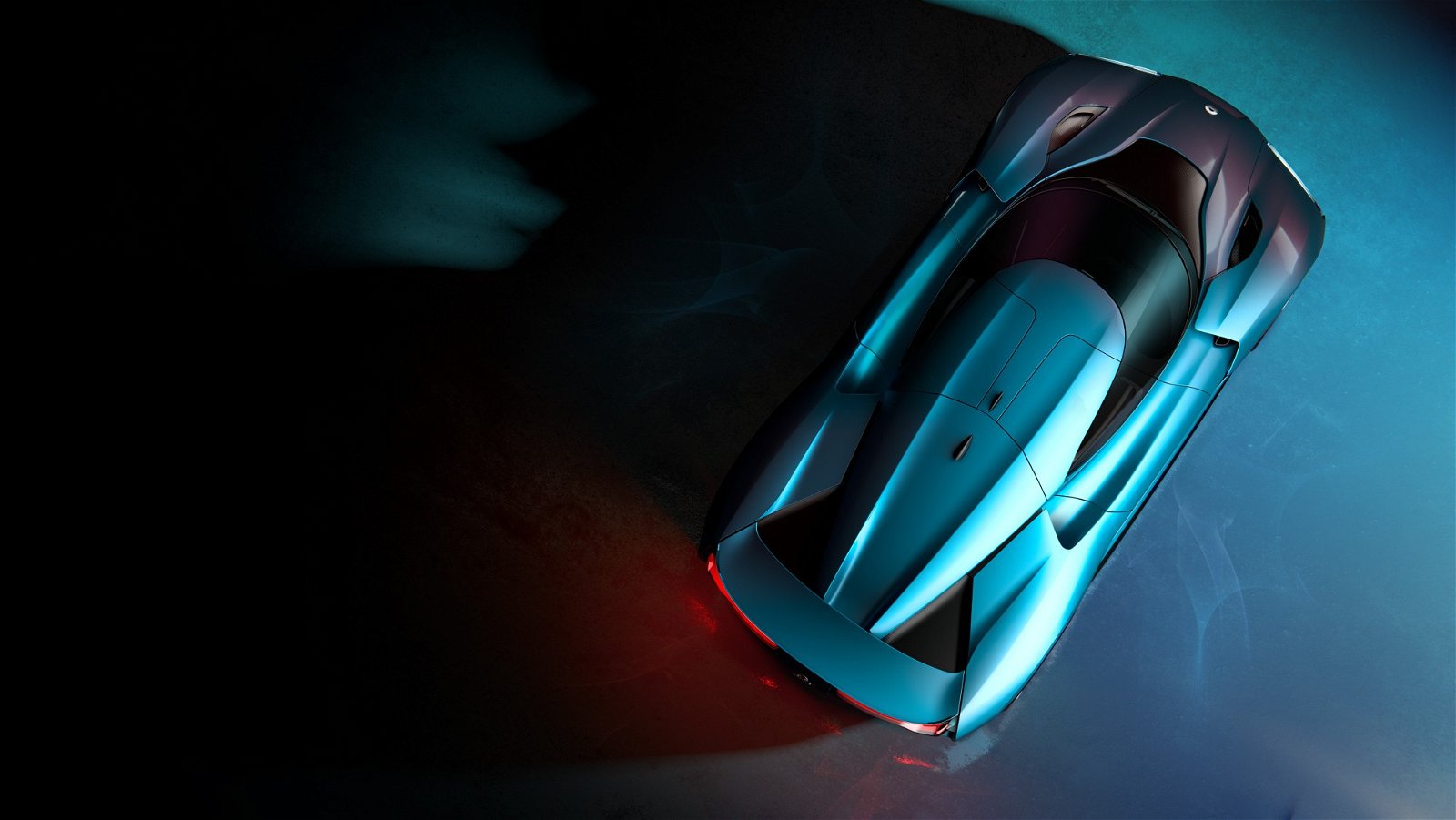
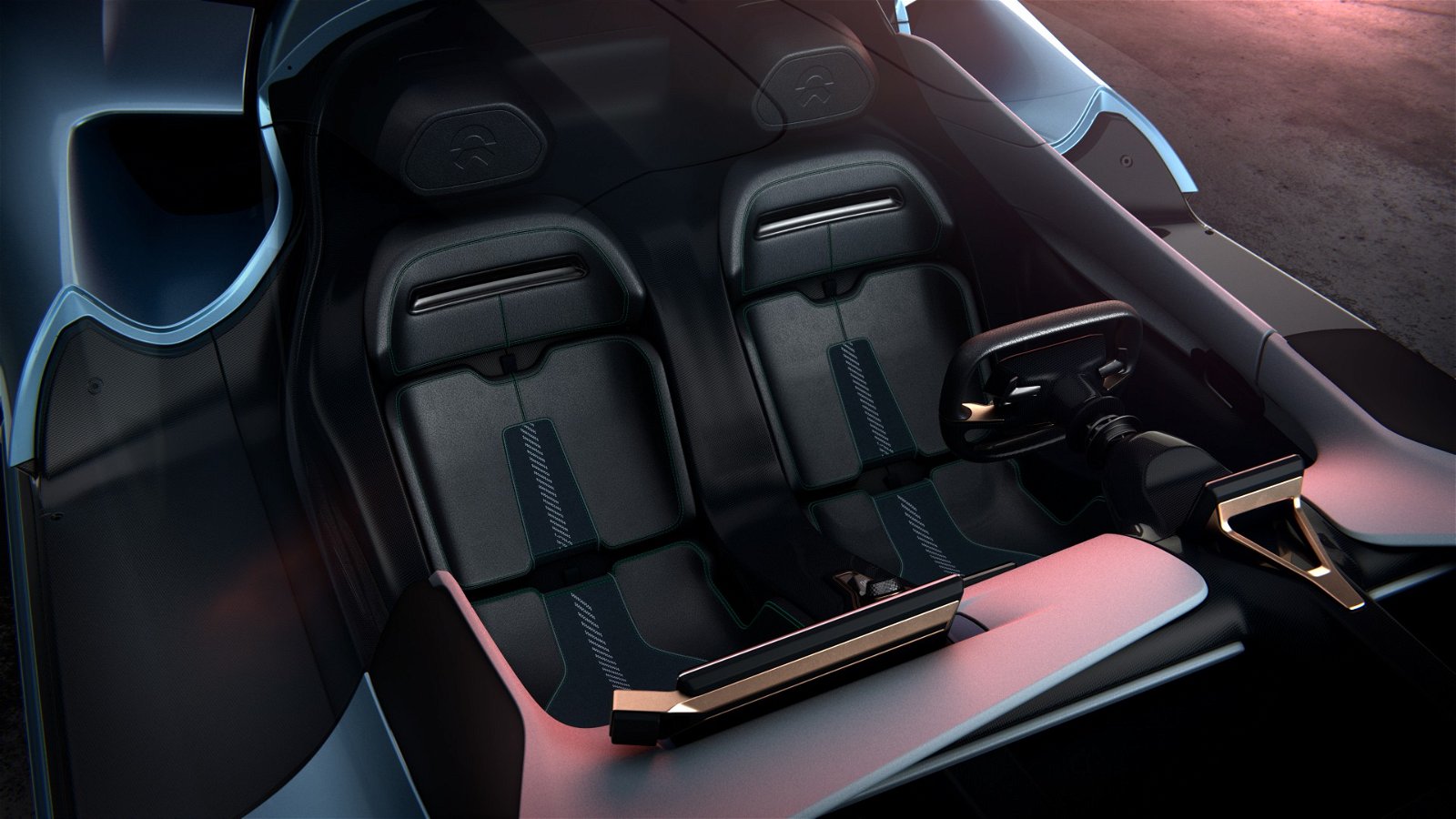
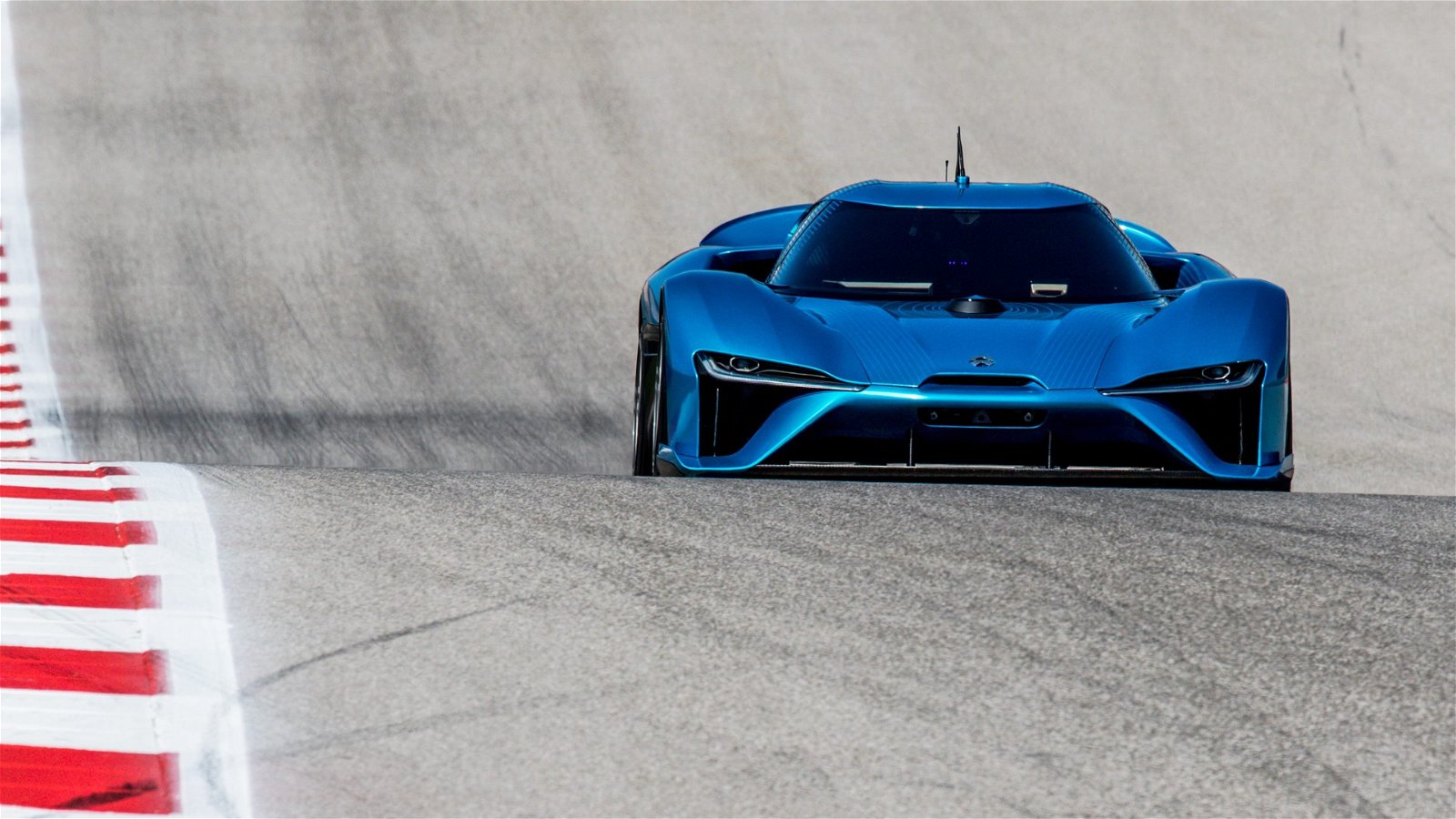
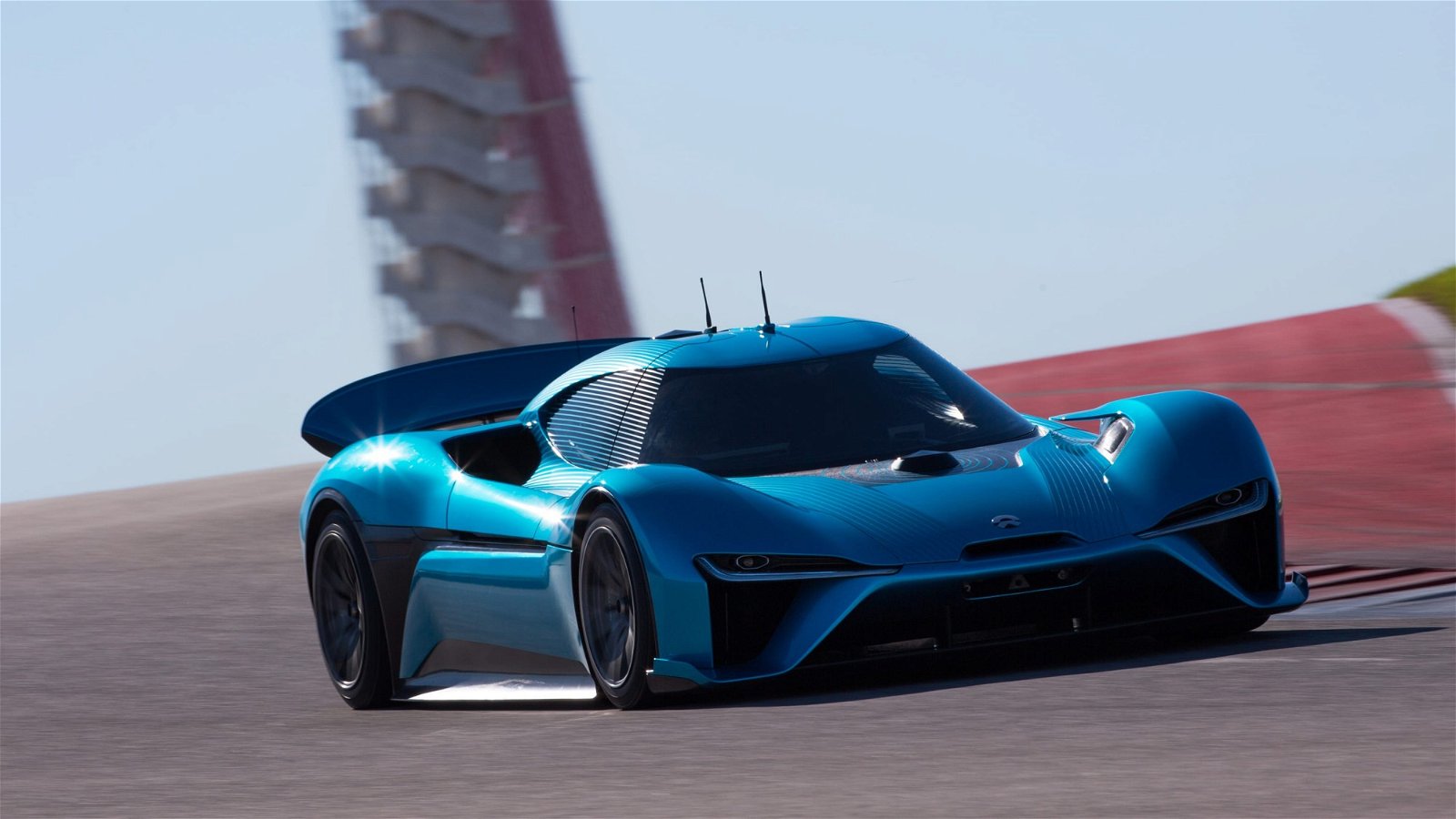
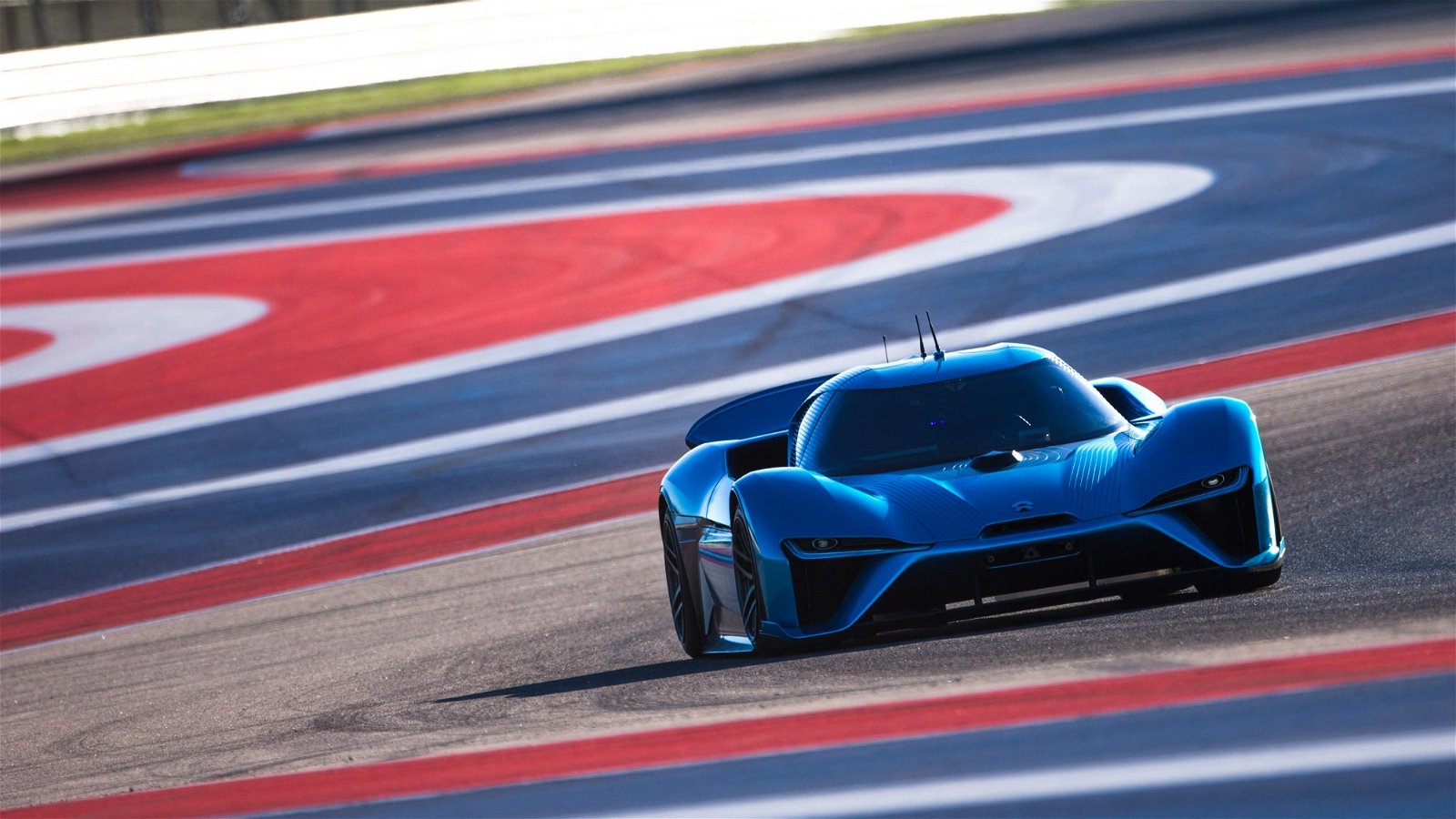
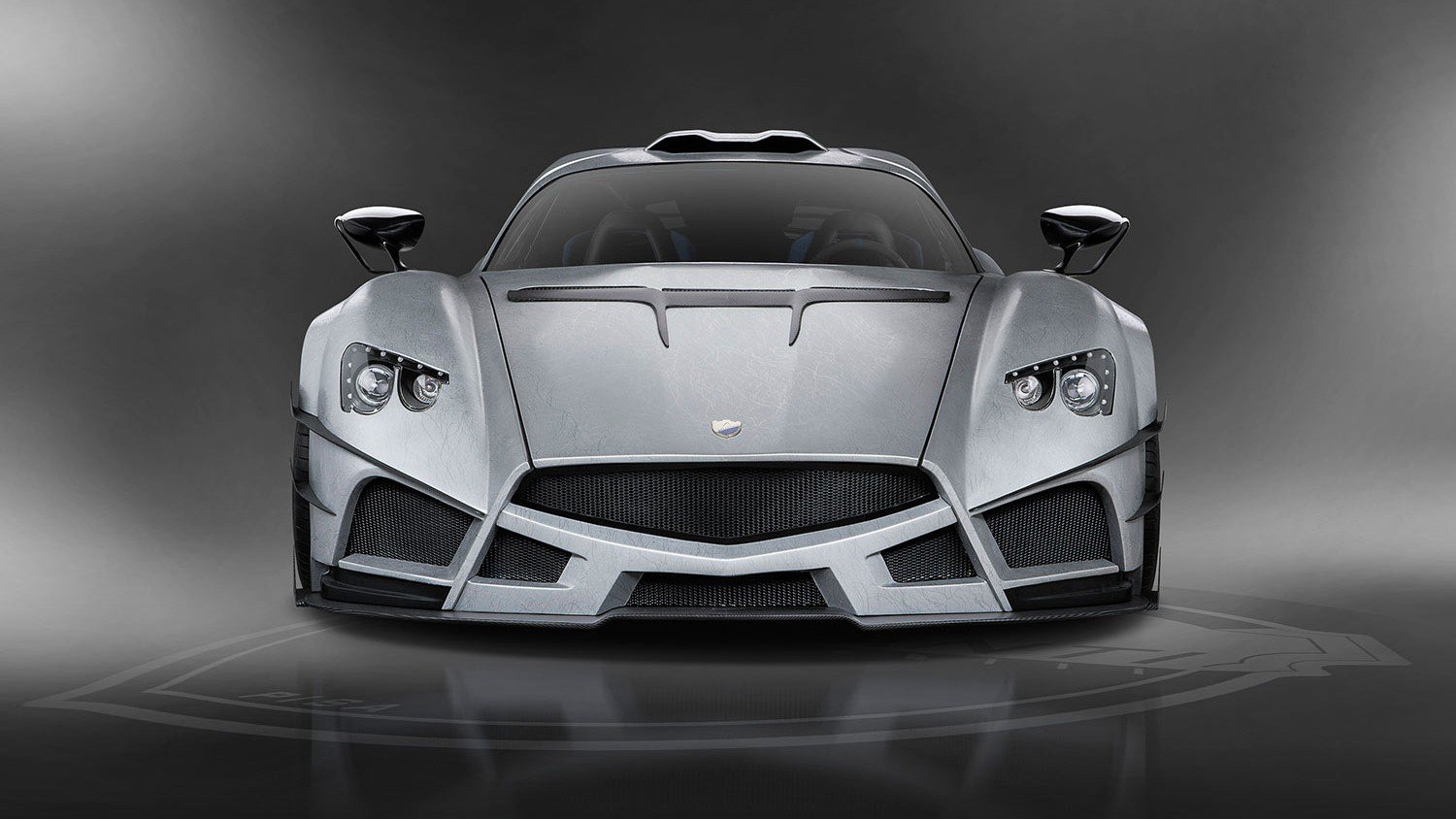
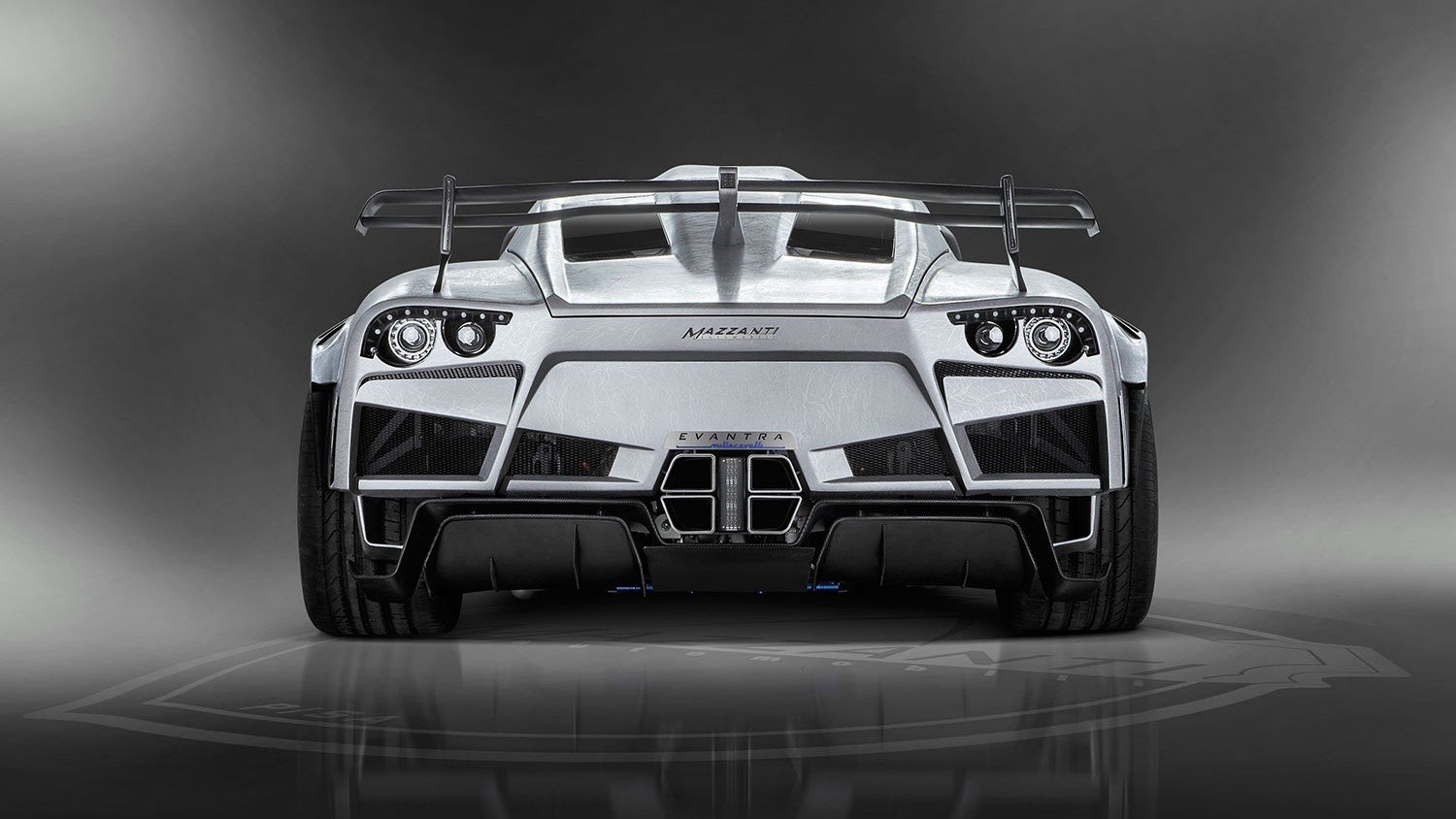
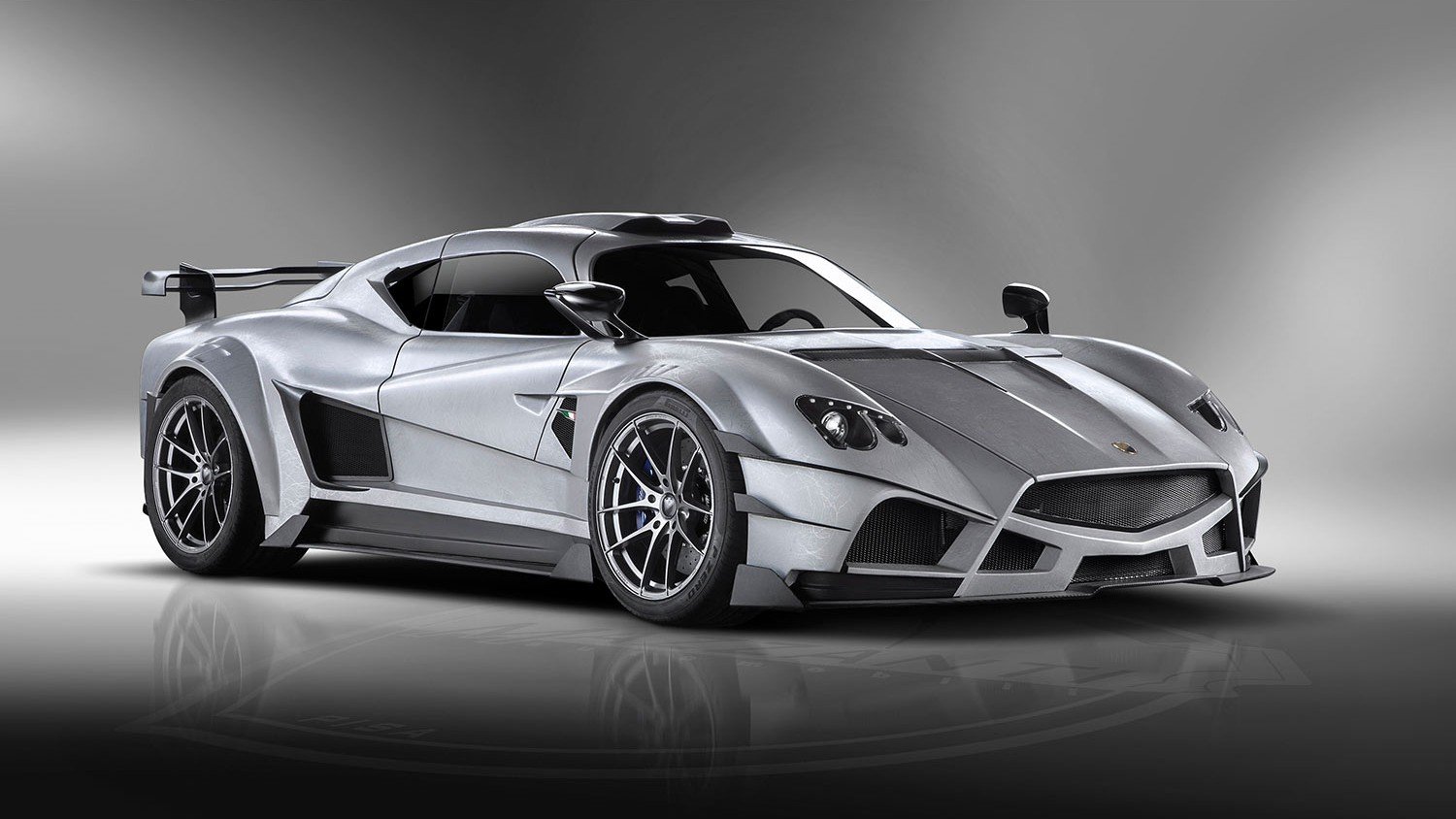
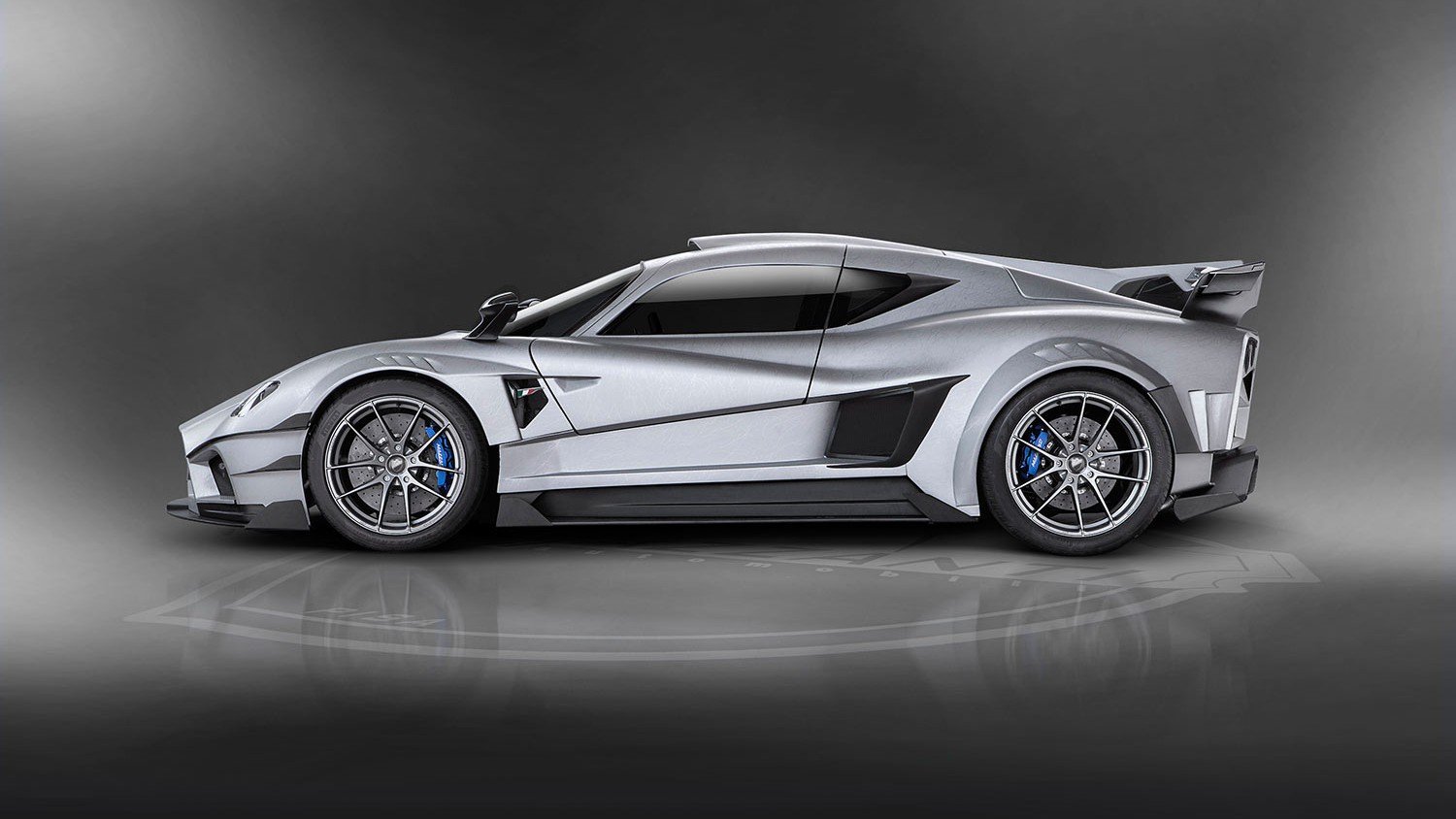
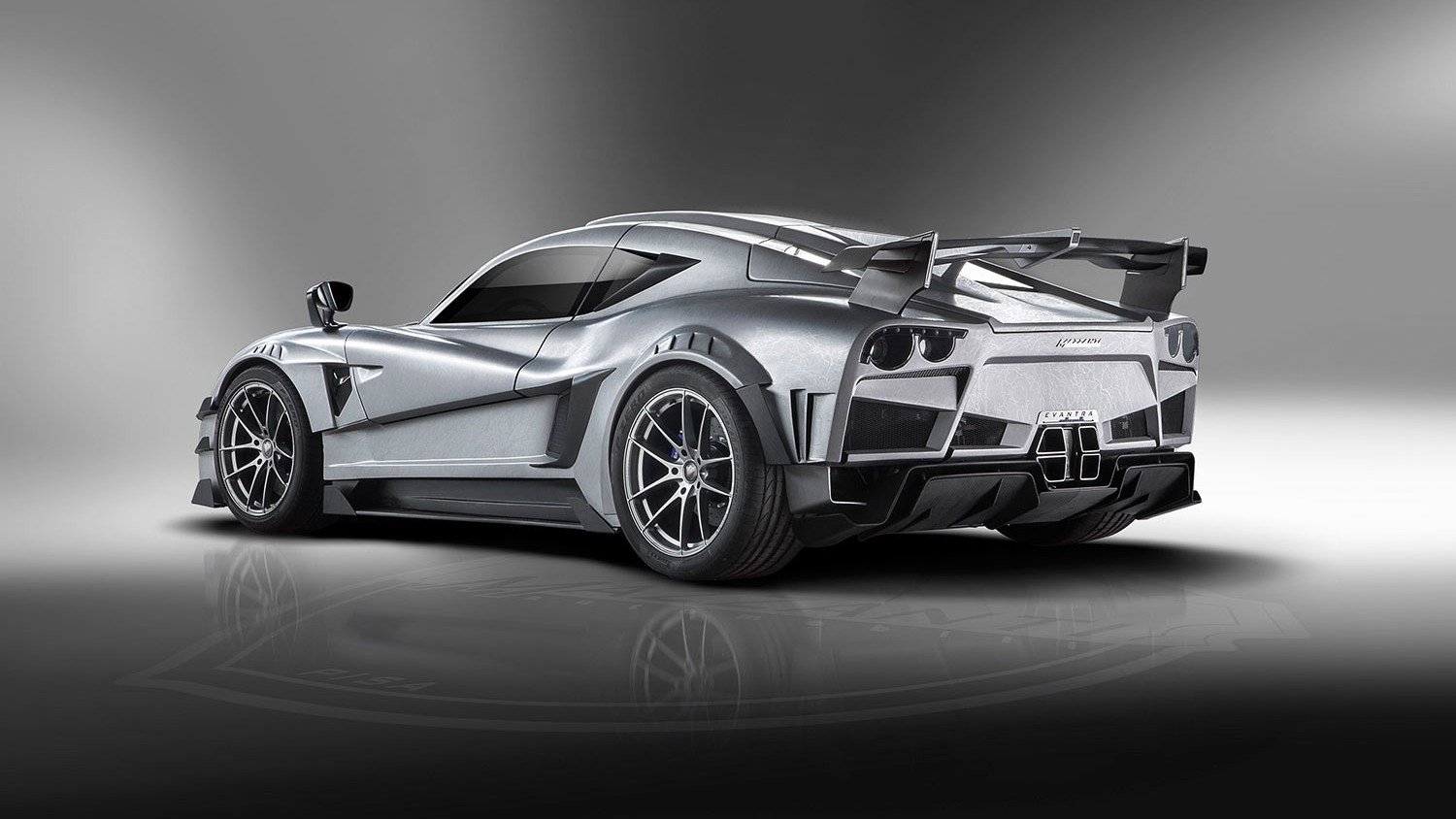
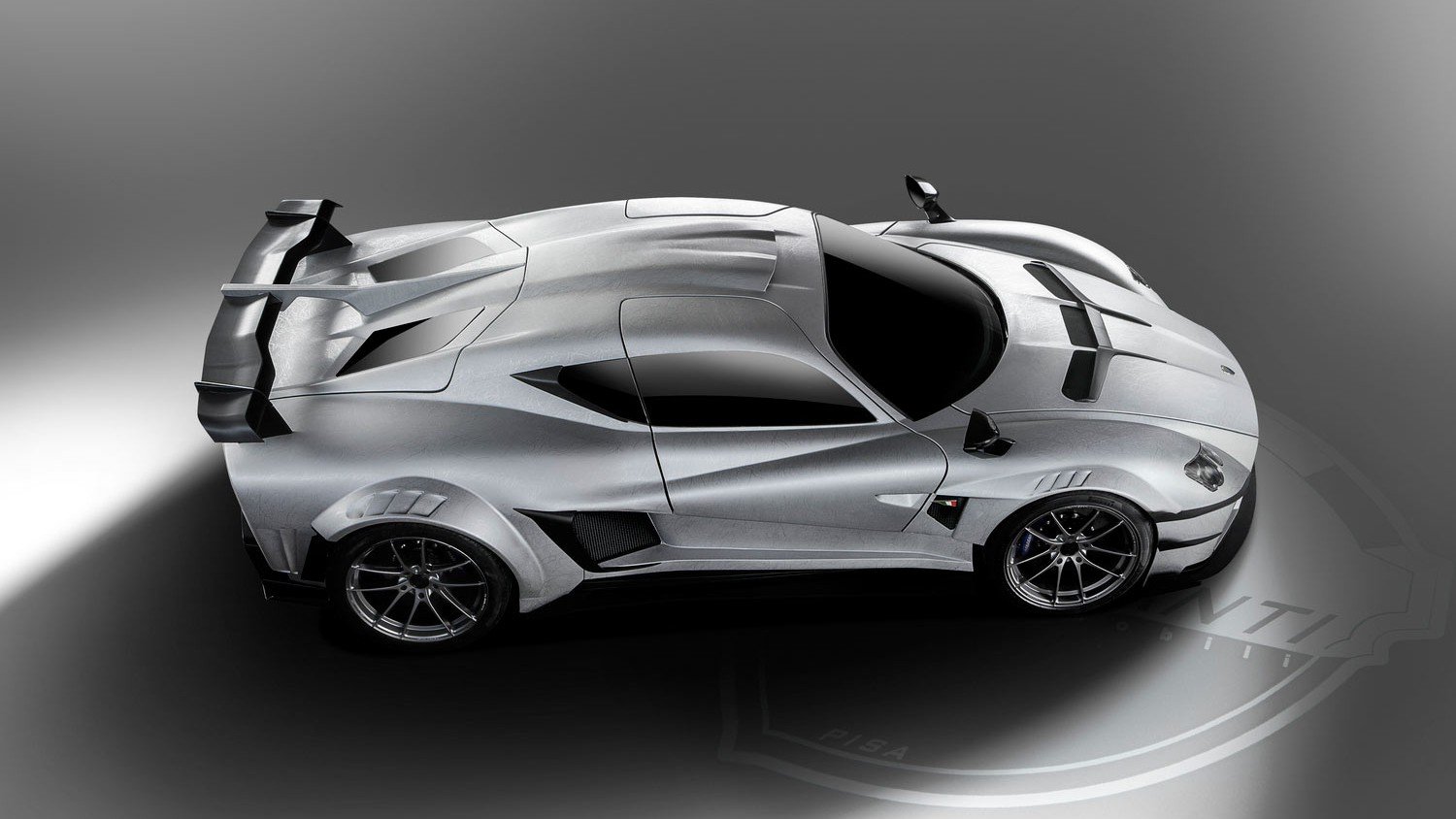

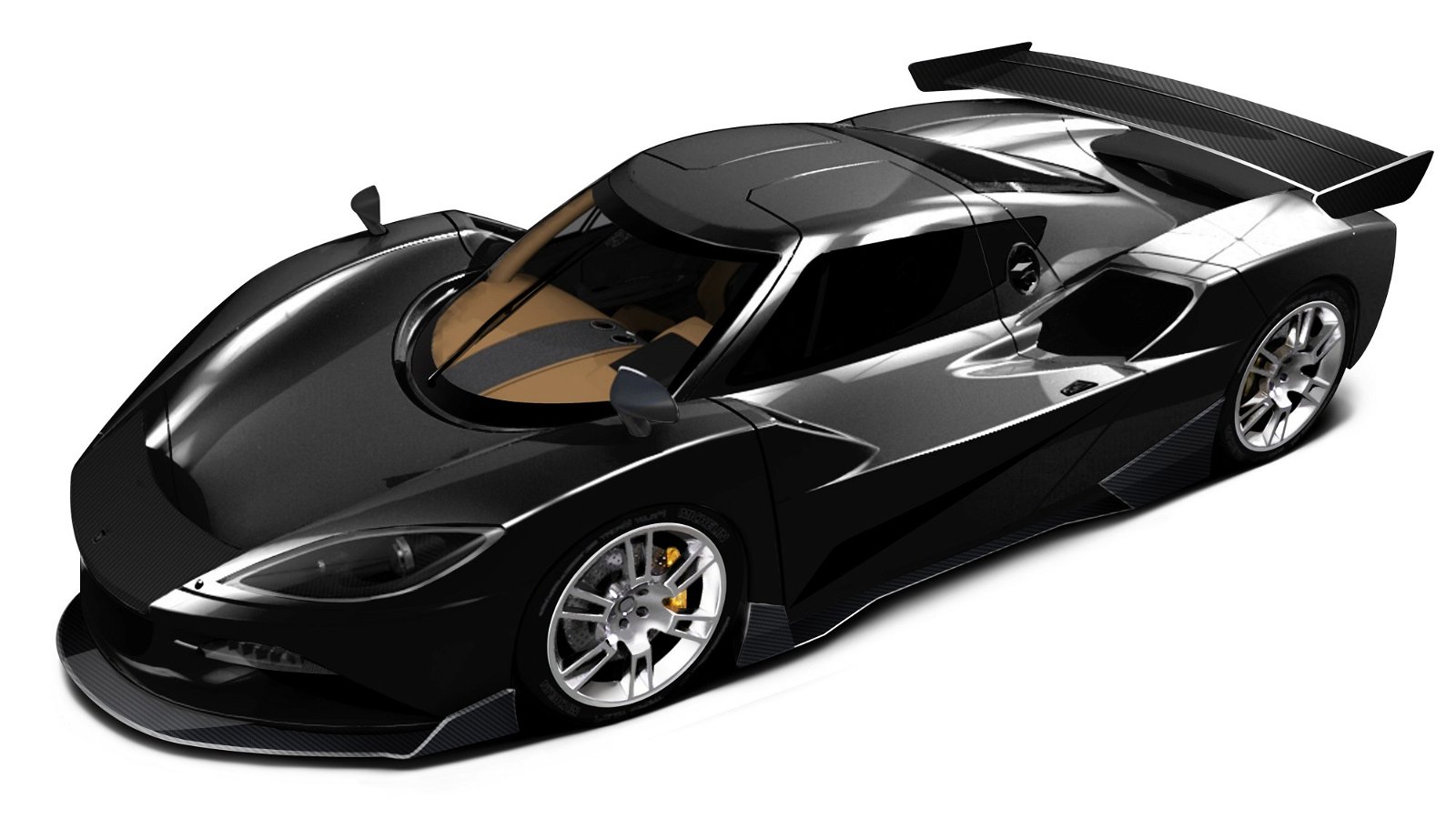
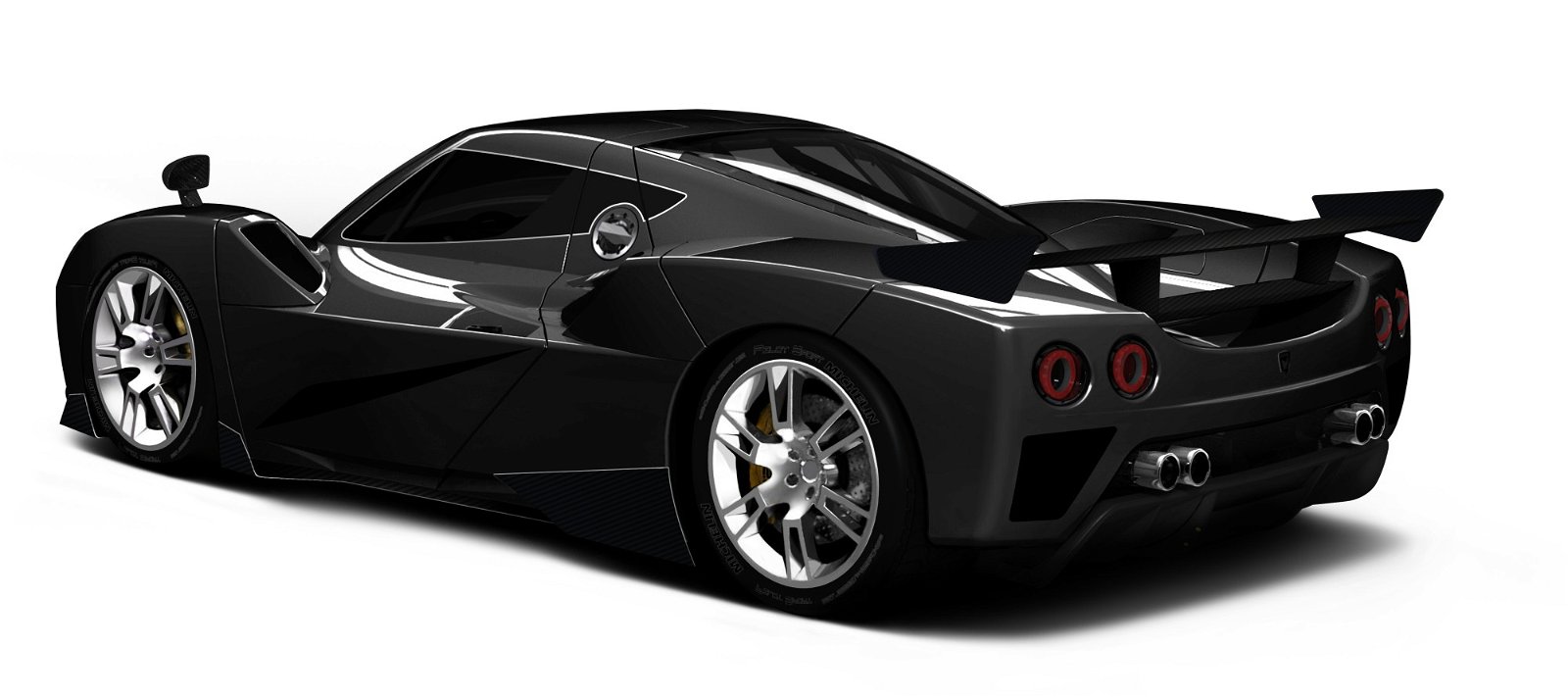

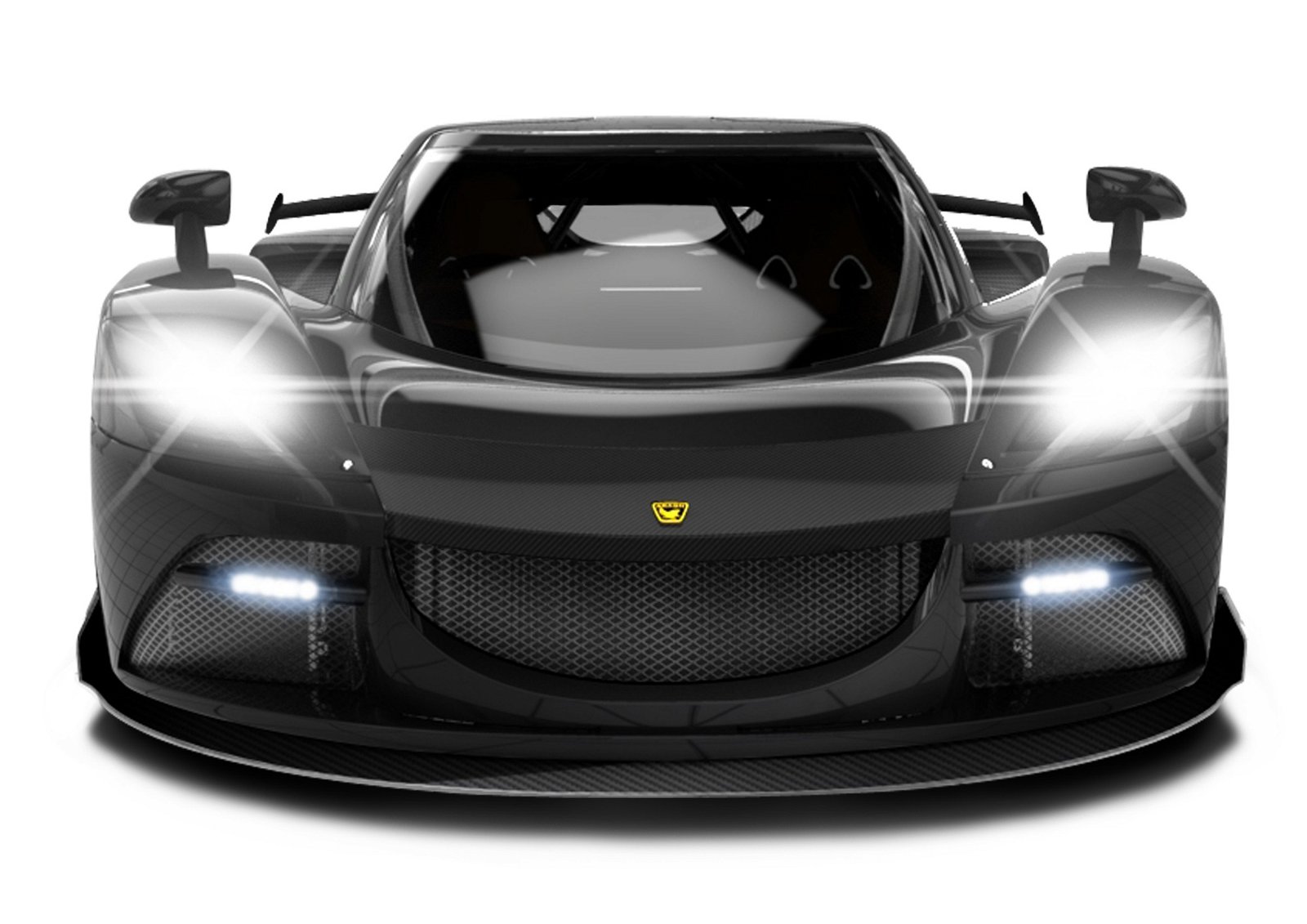
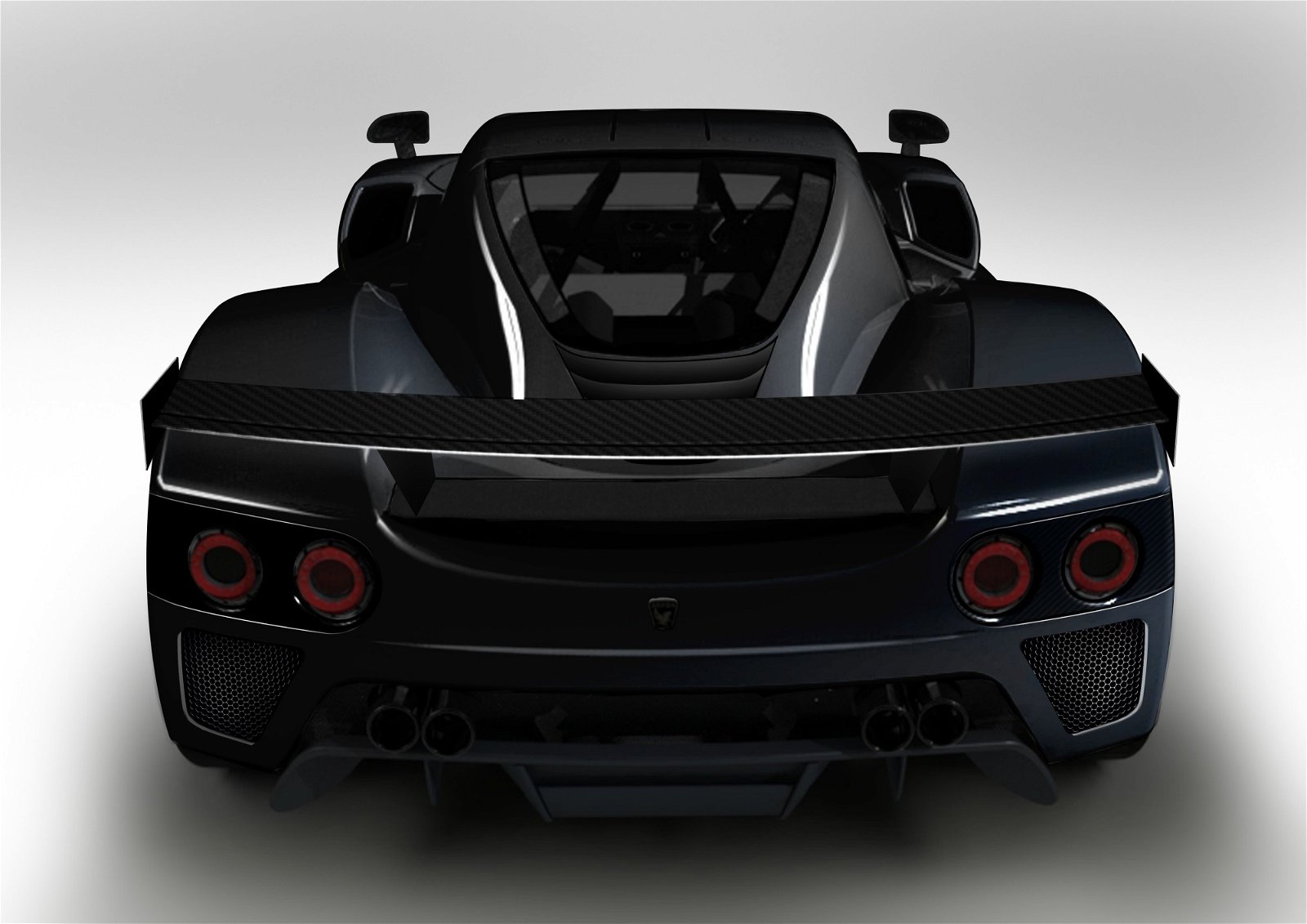
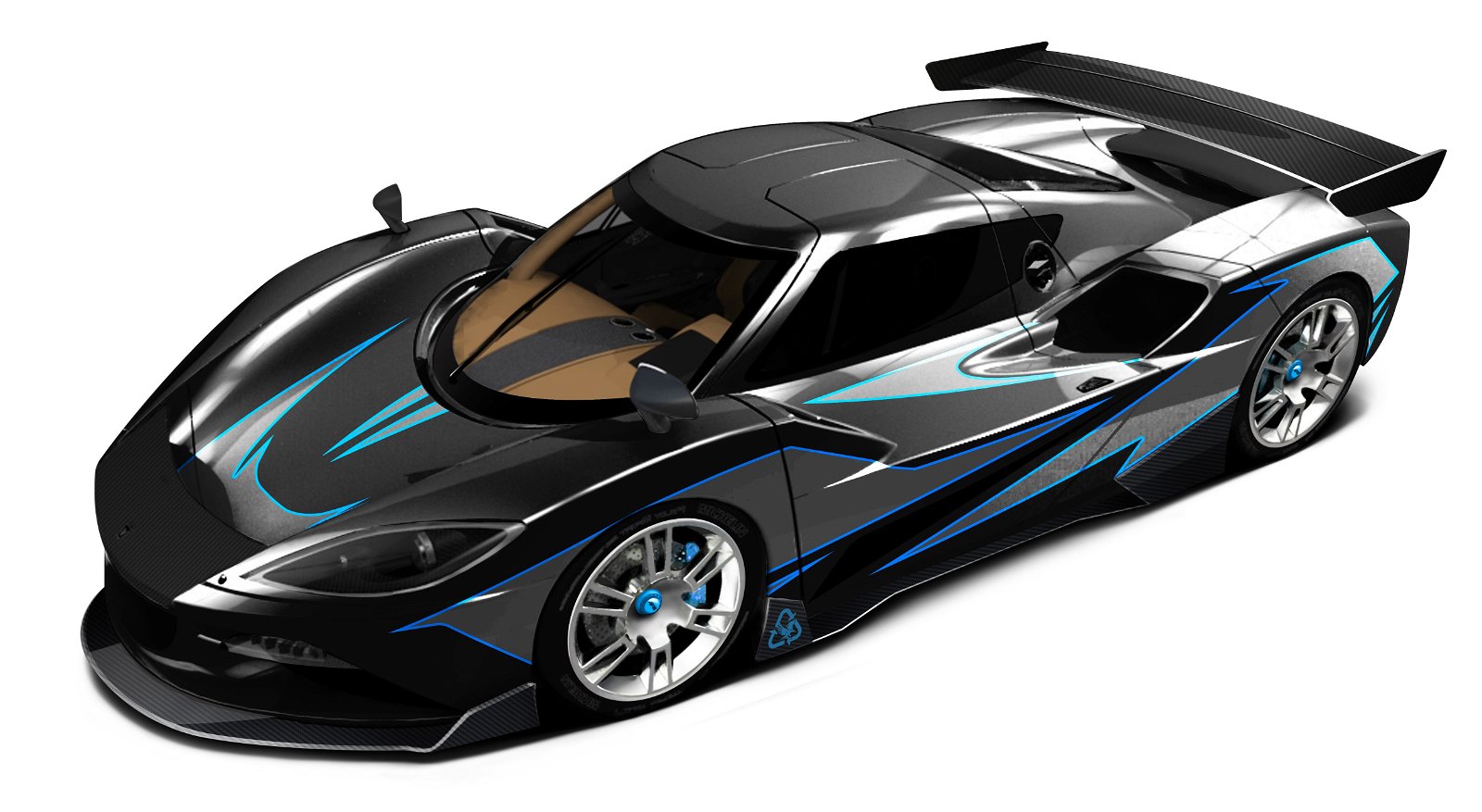
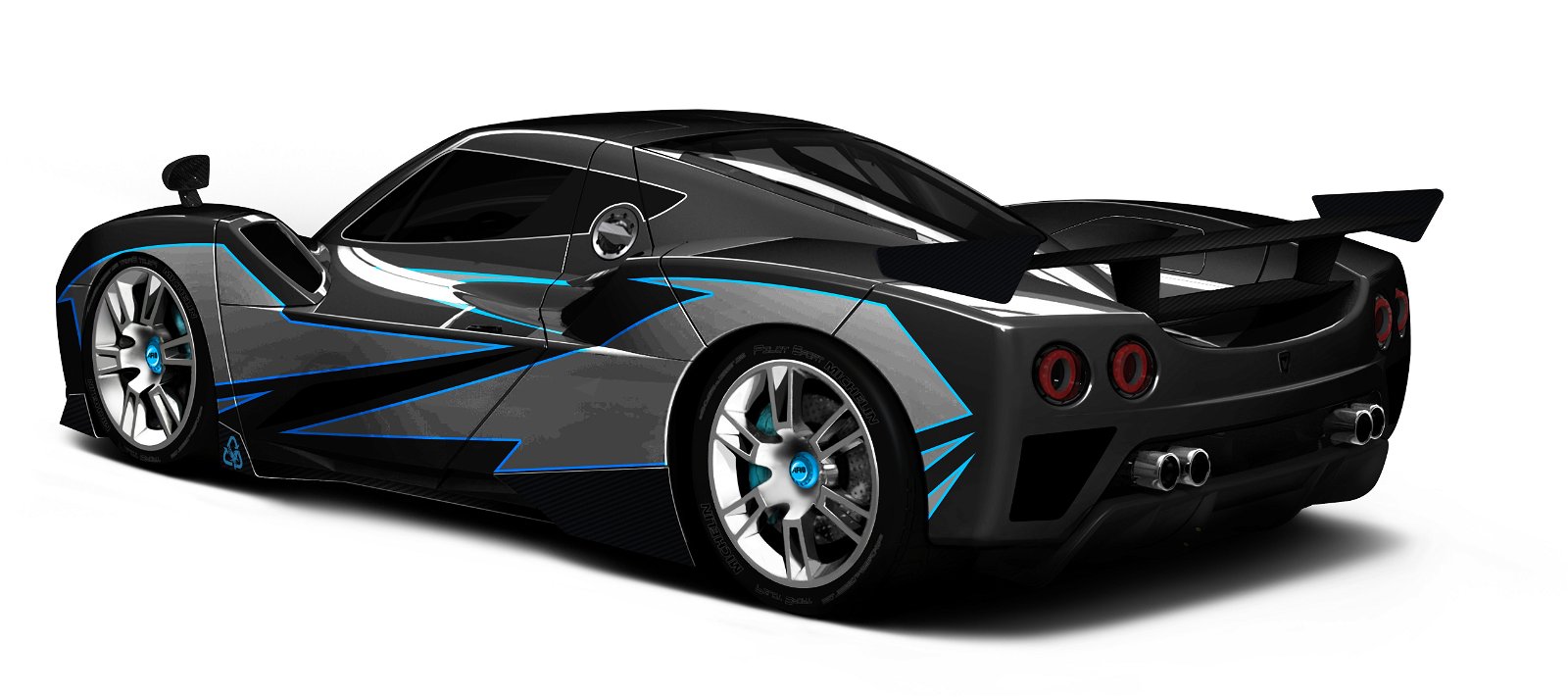

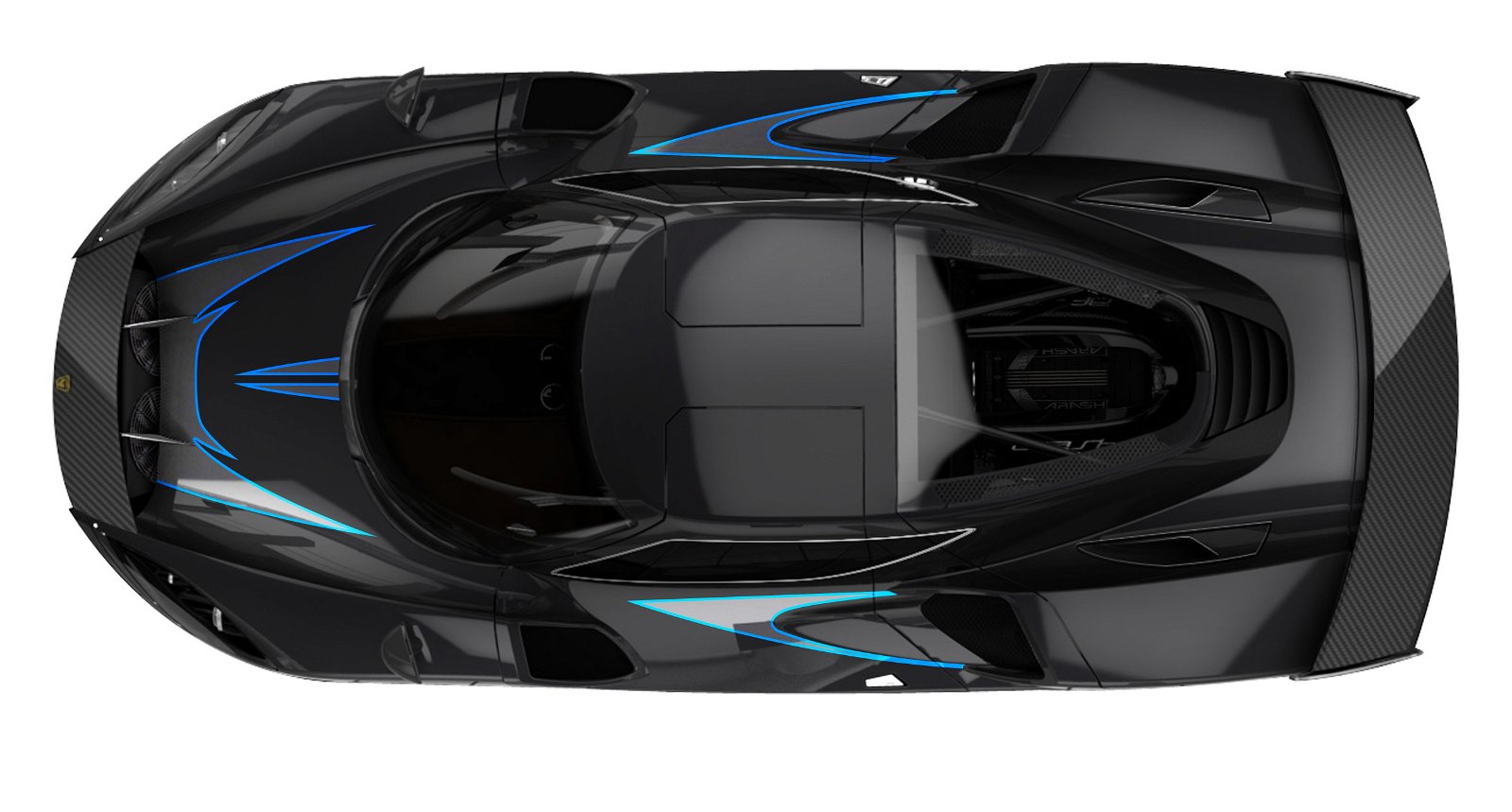
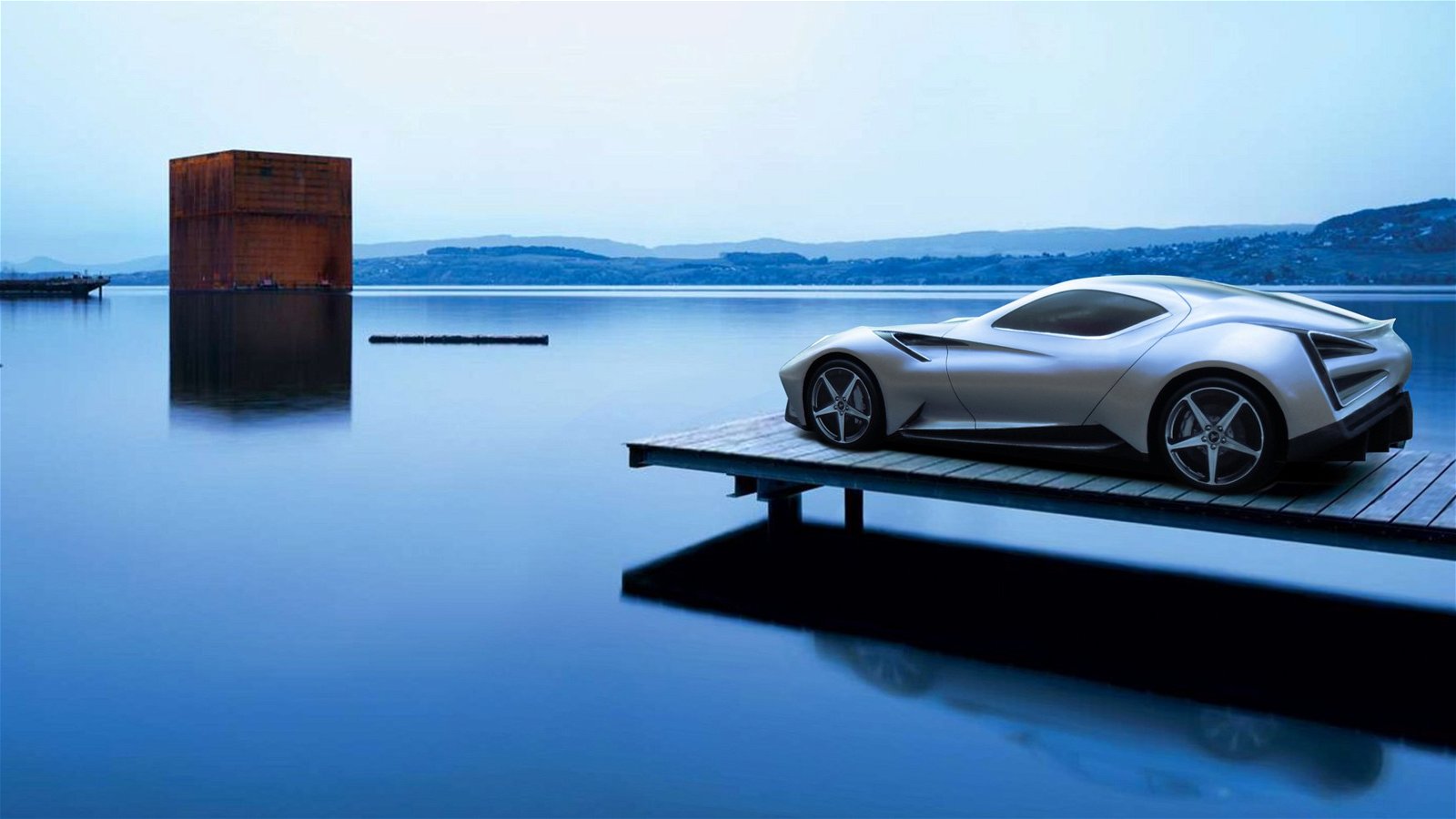
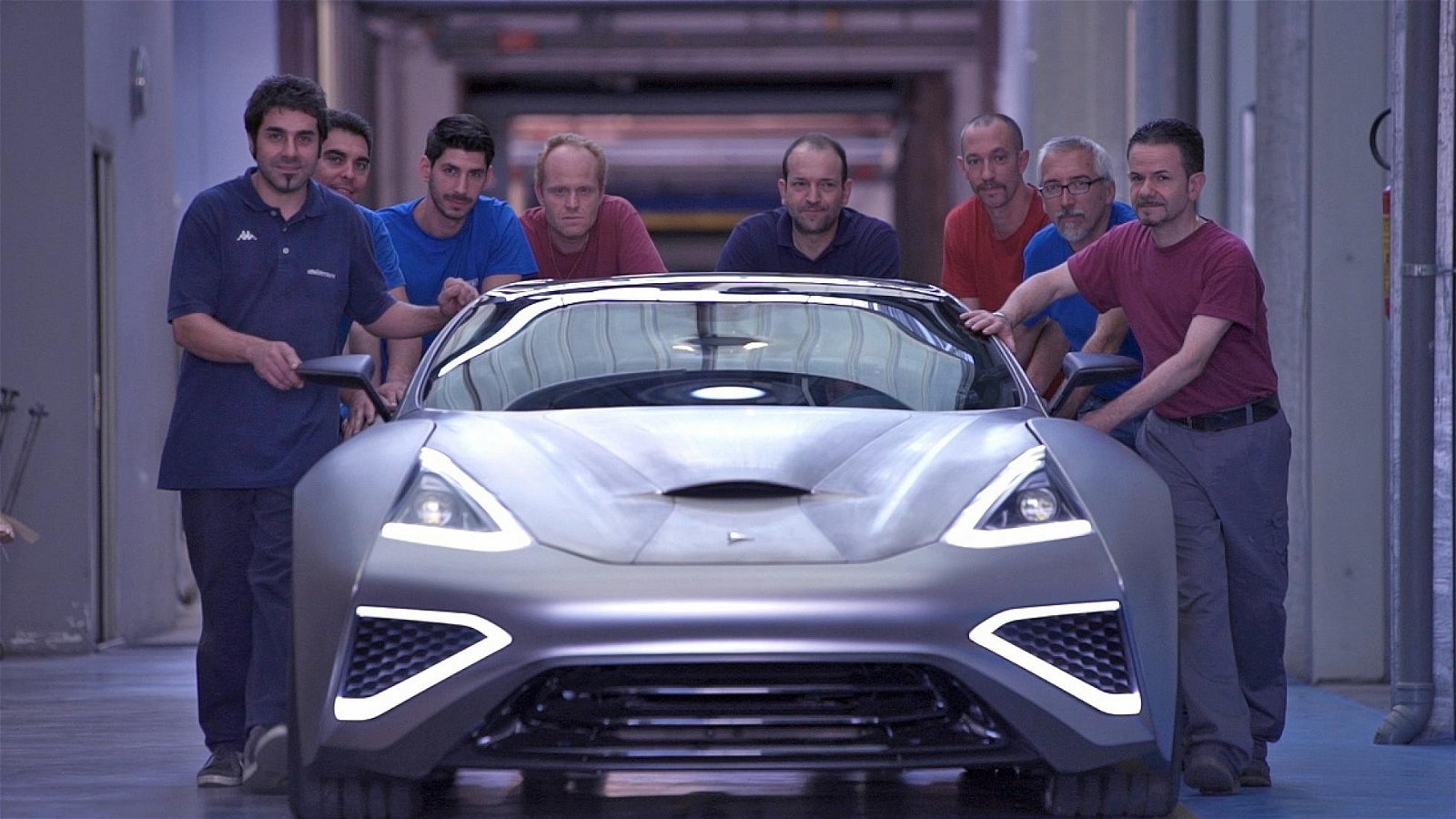
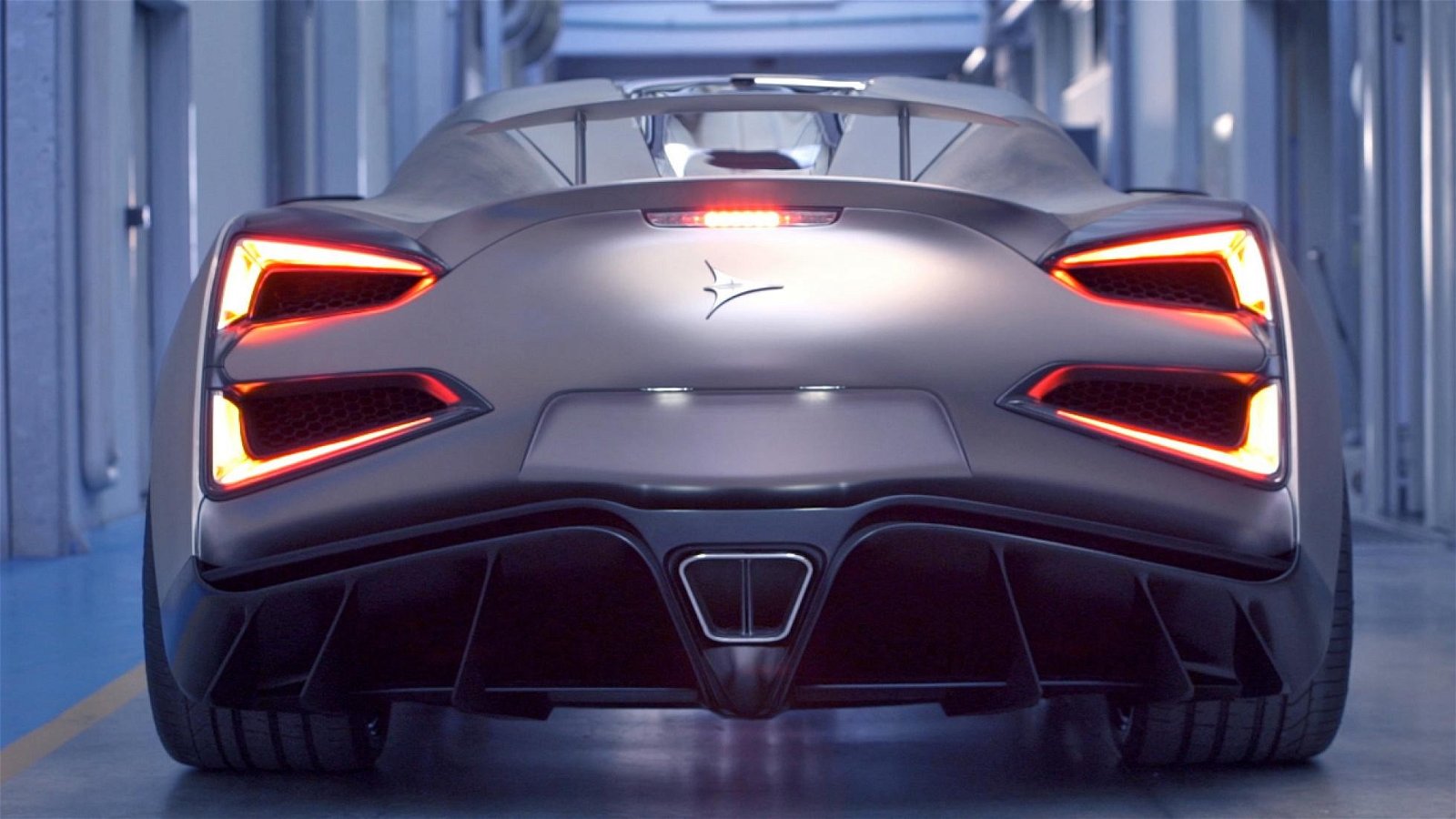
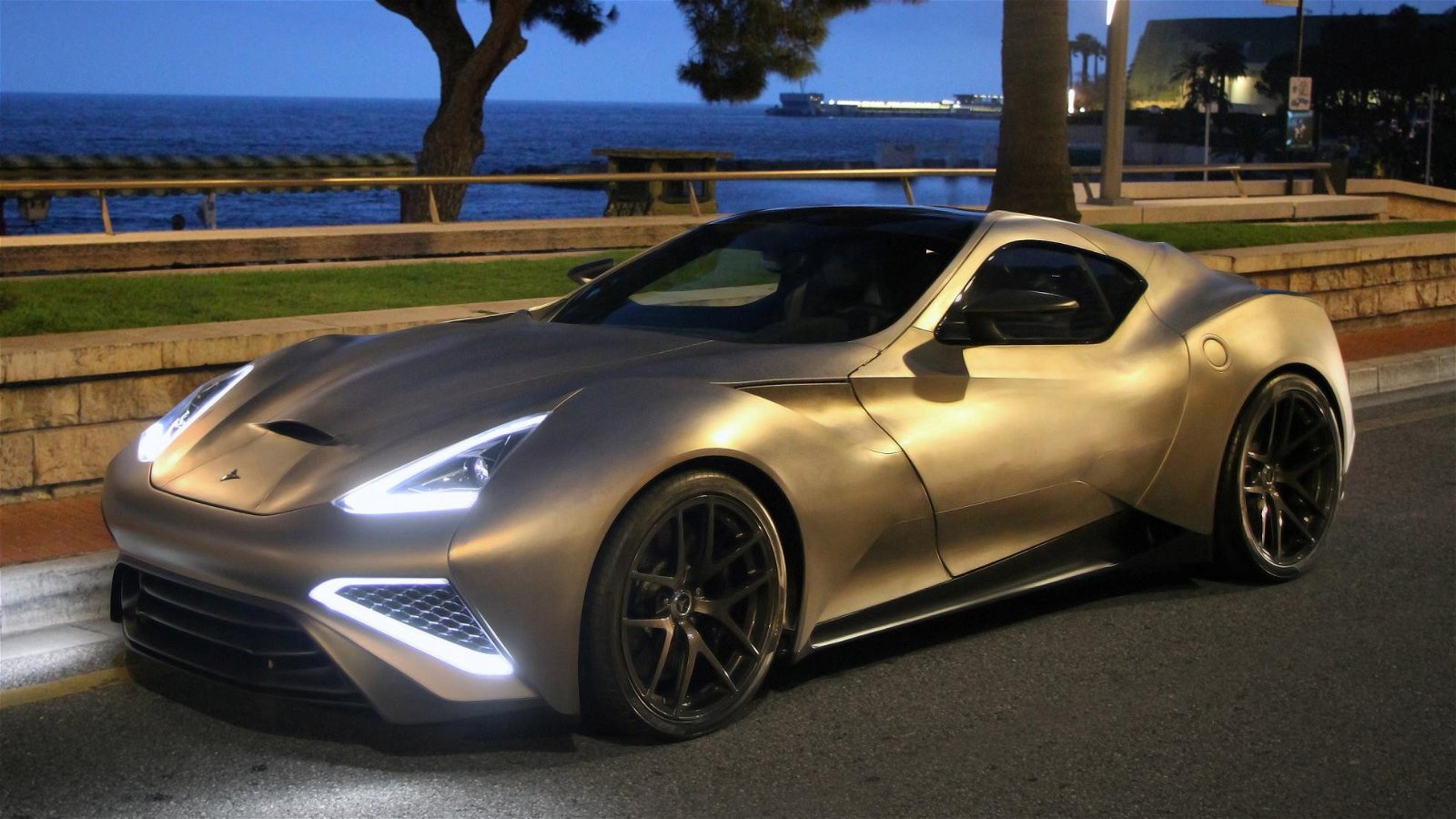
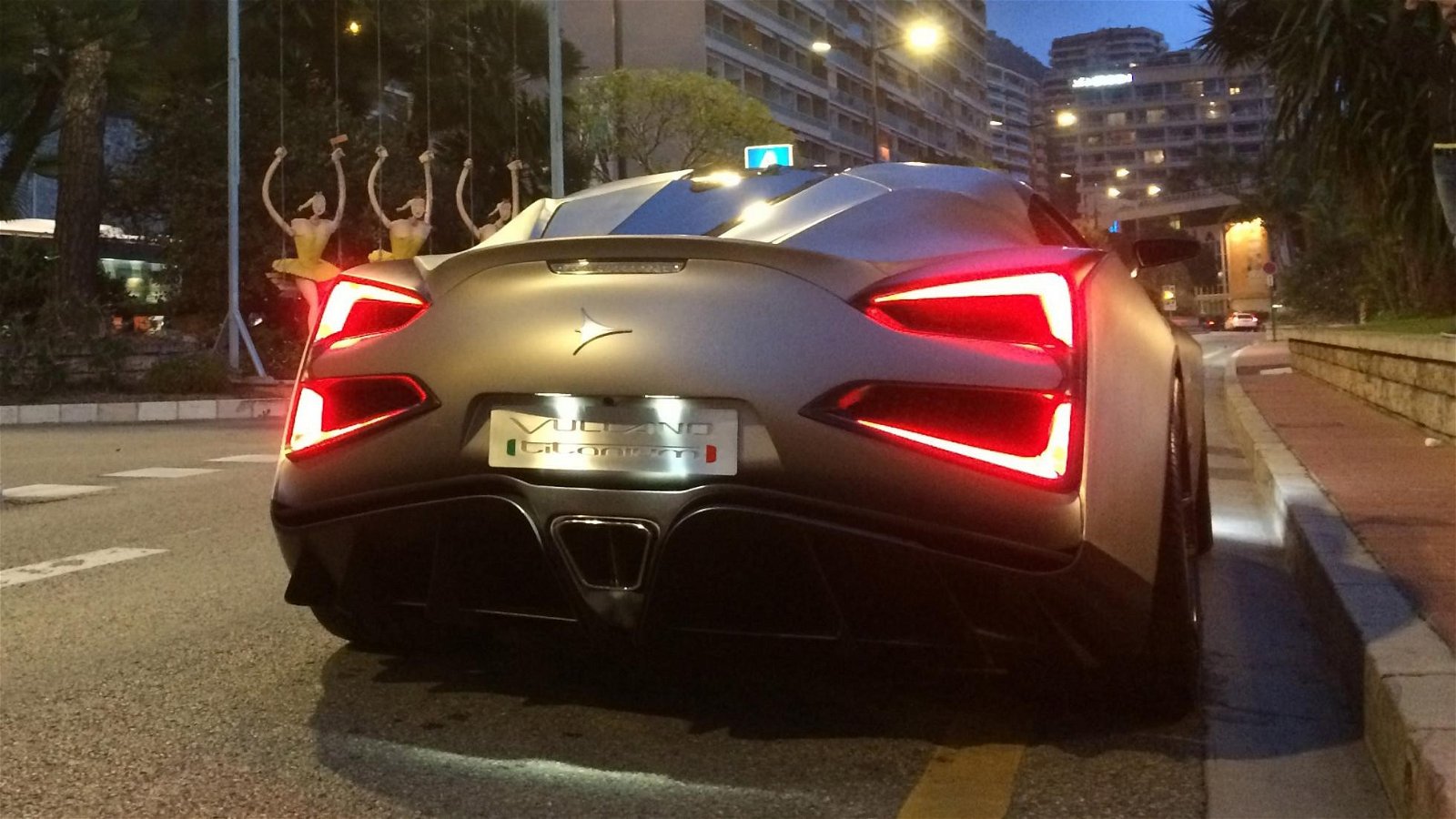

Bugatti, Pagani, Koenigsegg, W Motors — these are some of the names you think of when you hear „fast car”, one of the reasons being that they really are fast (and, naturally, expensive) machines. But how about the not-so-famous side of the supercar universe? Let's explore (a part of) it in this article.
Panoz Esperante GTR-1

Panoz’s model lineup has a broad range of FR (engine in the front, power to the rear axle) sports cars. But the Esperante GTR-1 is so extreme it should have a site of its own. As the name hints, the GTR-1 is a race car developed from the Esperante. Only except the design, and the name, the two were wildly different. For example, the GTR-1 is all carbon fiber (both the body, and the chassis) which drops the weight to a mere 900 kilos.

At the same time, the GTR-1 packs almost double the power the Esperante has. Under its long bonnet, there’s a 6.0-liter V8 with 600 horsepower and 500 lb-ft (678 Nm) of torque, both estimated. It doesn’t say how fast it will go, but, boasting a 0.3 hp/lb (2,2 hp/kg) power-to-weight ratio, we guess it is fast enough.

It might not look as modern as other supercars — because it’s not — but the Esperante GTR-1 is a road-legal version of a LeMans prototype, just like the Mercedes-Benz CLK-GTR, or the Porsche 911 GT1 were. Unlike those mentioned earlier, the GTR-1 is still available, and even at a reasonable price (which starts at around $900,000).
Nio EP9

Nio is a Chinese car manufacturer that focuses exclusively on the electric powertrains and autonomous driving. Only unlike the famous Tesla brand, Nio promoted itself in the good ol’ fashion way — through racing.
Enlisted as China Racing (and, later on, NextEv) in the Formula E championship, Nio won the drivers’ trophy in the 2014 inaugural season. In the manufacturer standings, Nio hasn't shined yet, but that doesn’t mean anything, as long as you look at their EP9.

It’s one of the rarest examples where power meets beauty — the EP9’s design is not an excuse for making the 1,341 hp (the same as Koenigsegg One:1) electric hypercar aerodynamically stable. To furthermore prove its technological stability, the Nio EP9 achieved a 2min40.33sec while driving itself. So basically you can compete in an endurance race without even swapping the drivers. Price? $1.2m.
Mazzanti Evantra Millecavalli

You might’ve heard of Mazzanti; because it’s been with us for a long time. Plus, it's featured in racing video games, such as Driveclub. The Evantra started as an ugly-but-powerful mid-engine Italian car, and it has become still-ugly-but-now-incredibly-powerful offering in the supercar market.

As the name suggests, Evantra’s latest iteration, called Millecavalli (one thousand horses, in Italian), packs 1,000 hp and 885 lb/ft (1,200 Nm), enough to launch the 2,866-pound (1,300 kg) car to 60 mph in just 2.7 seconds and push it to a 250 mph maximum velocity. Just 25 copies will be made, at $1.2m each.
Arash AF10 Hybrid

Arash entered the supercar world quite some time ago. After three years of design and development, the AF-8 made public debut in 2008, featuring a 550 hp 7.0-liter GM V8 engine mated to a Graziano six-speed manual gearbox, good for 0-60 mph in under 3.4 seconds. Anyway, things got even better with the new, AF-10 hybrid machine.

The GM engine got its power output upped to 900 hp (and 886 lb-ft/1,200 Nm) while the electric motors double the figures, to a whopping 2,080 hp, and 1,683 lb-ft (2,280 Nm). And you can drive the carbon-fiber AF-10 on the public roads after you pay the £1.1m fee ($1,37 million). If you opt for the Racer version, you’ll get a roll cage, a fire extinguisher, and some other small extras in exchange for the price of a BMW M6 Convertible (which is about £100,000).
Icona Vulcano

The China-based, Italian-made Icona Vulcano was firstly presented to the world in 2013, as a true supercar, especially from a price point of view. The Vulcano asks for €2.5m ($2.66 million), which is, as you’ve already figure, more than most of this elite league’s famous names. In exchange, you’ll get a not-at-all-Italian 6.2-liter GM V8 engine, good for up to 1,000 hp — its default state is 670 hp and 620 lb-ft (840 Nm).

The body is a mix of titanium and carbon fiber, so exquisite it’s not even painted. Still, the car’s weight is not as drastically dropped as you’d think — the Icona Vulcano tips the scales at 3,516 pounds (1,590 kg). But, thanks to an efficient powertrain setup, it will launch to 60 mph in 2.8 seconds, to 120 mph in under 9 seconds, and to a 220 mph (354 km/h) top speed.
